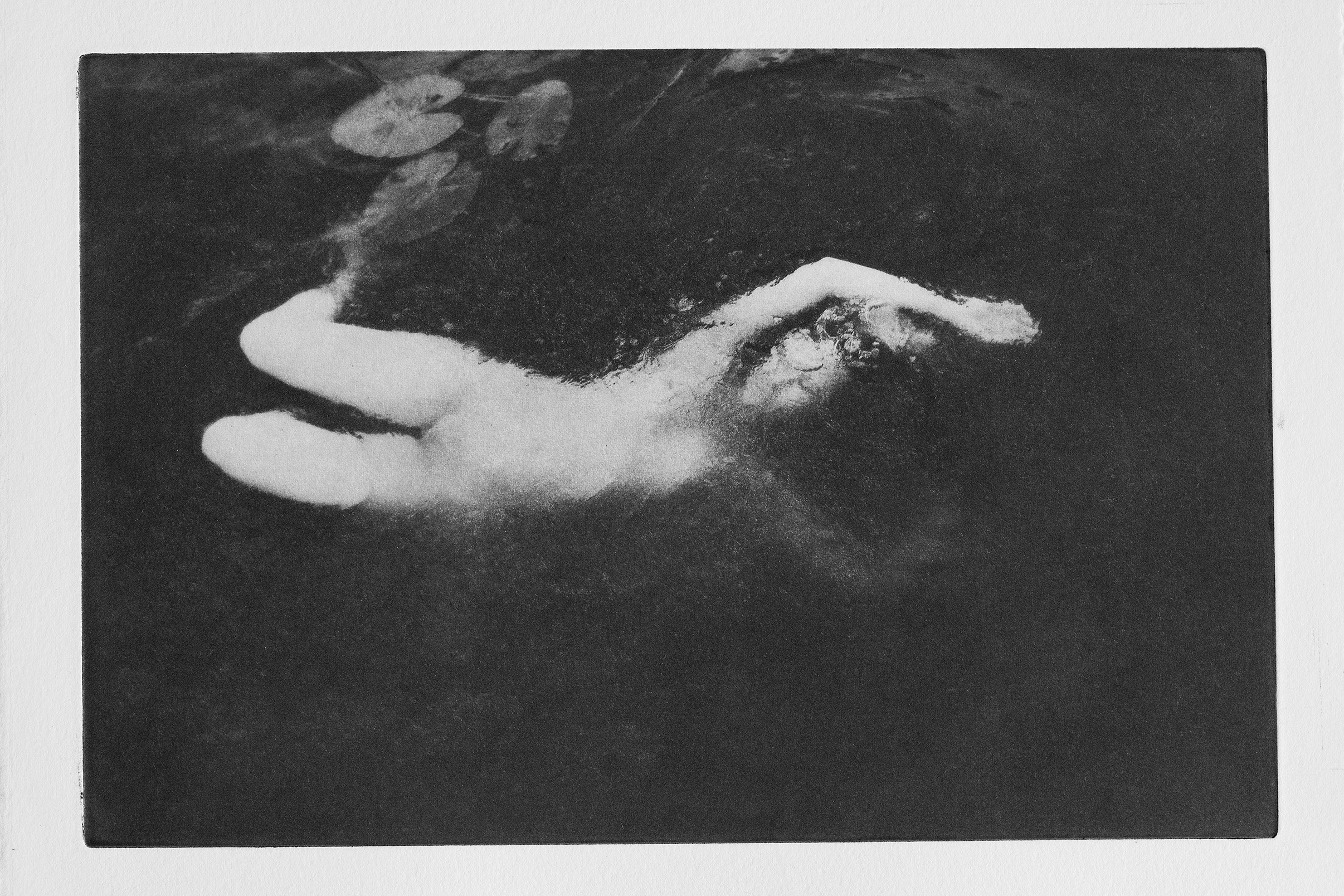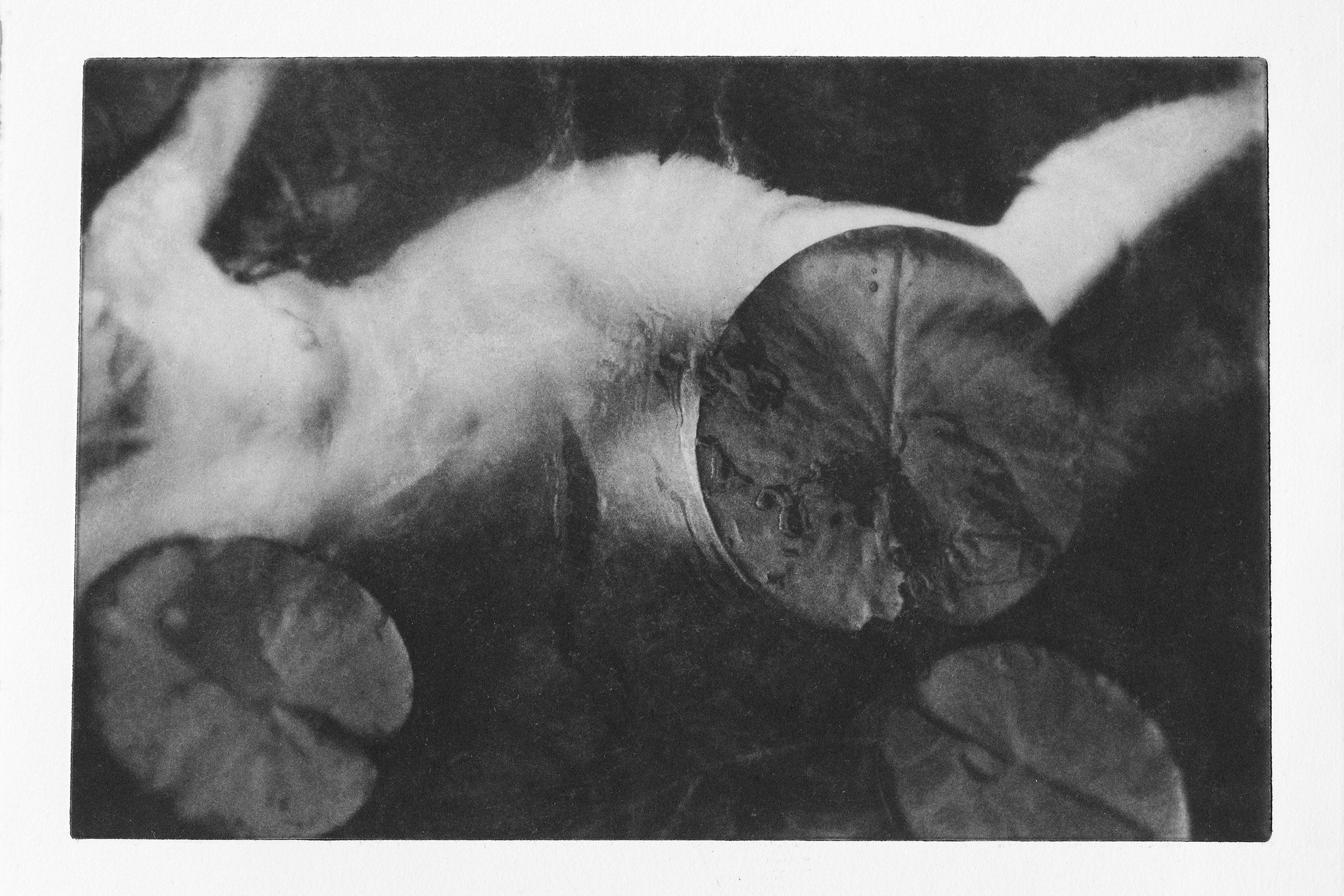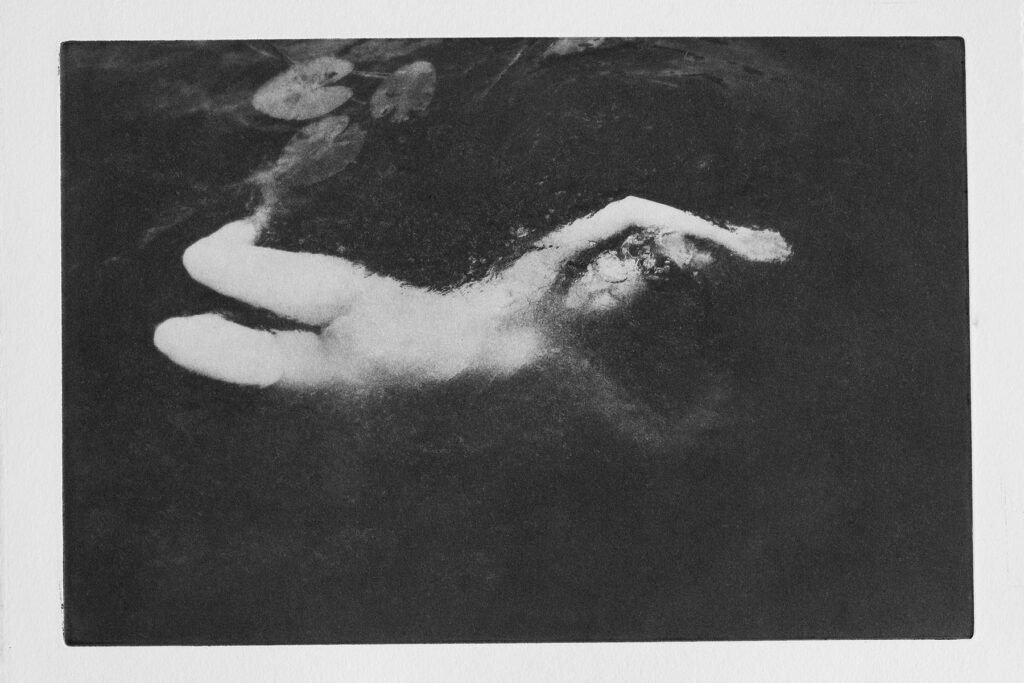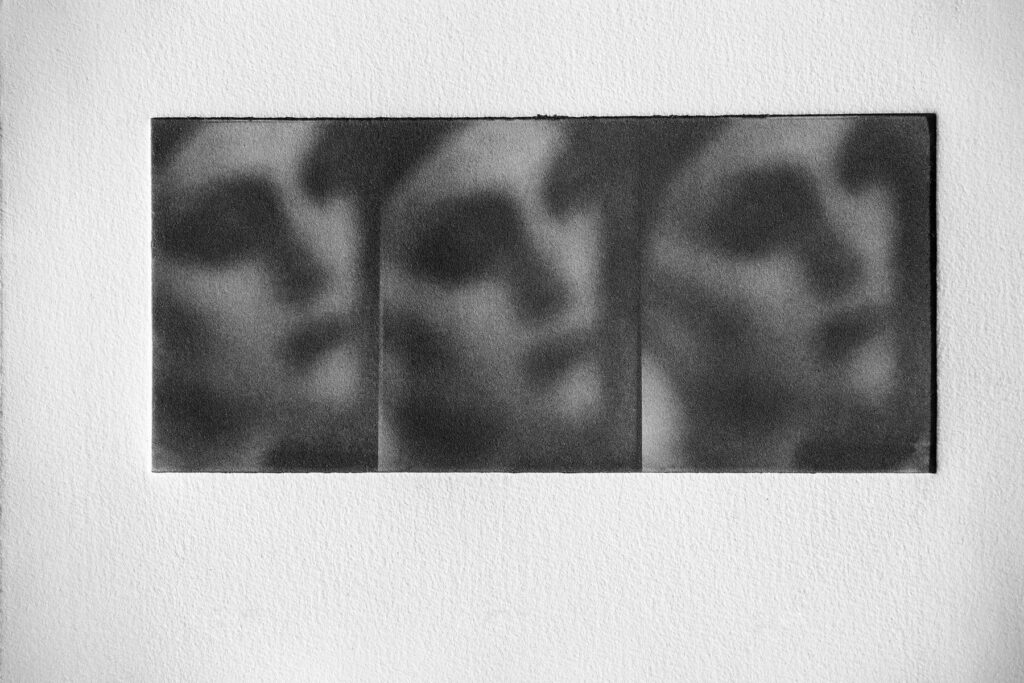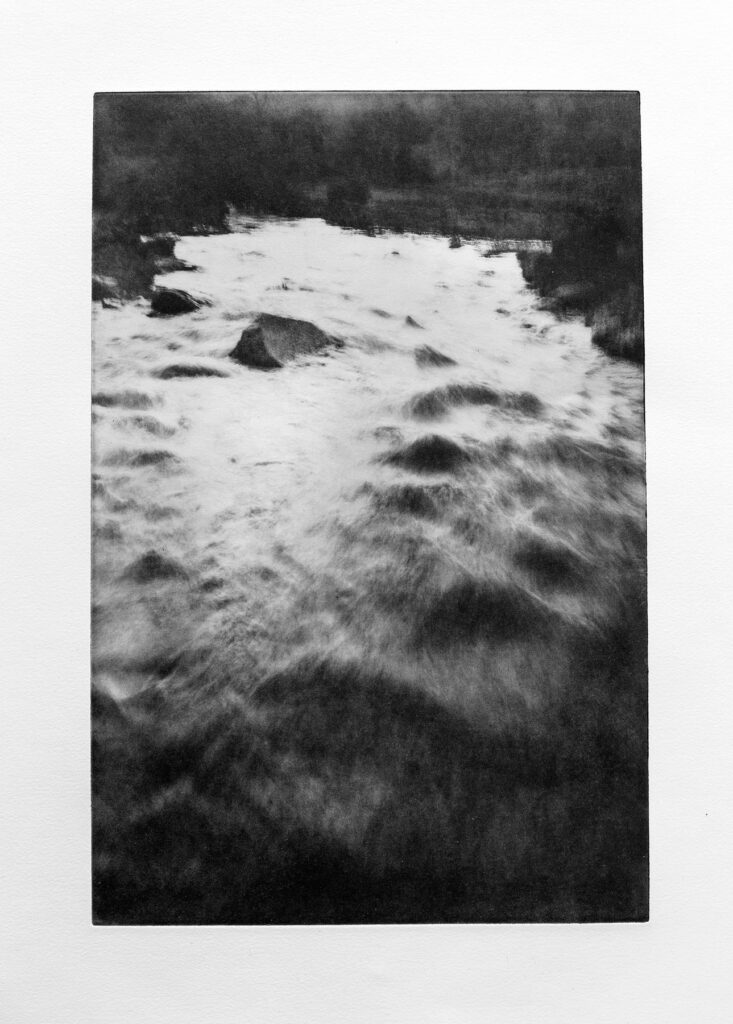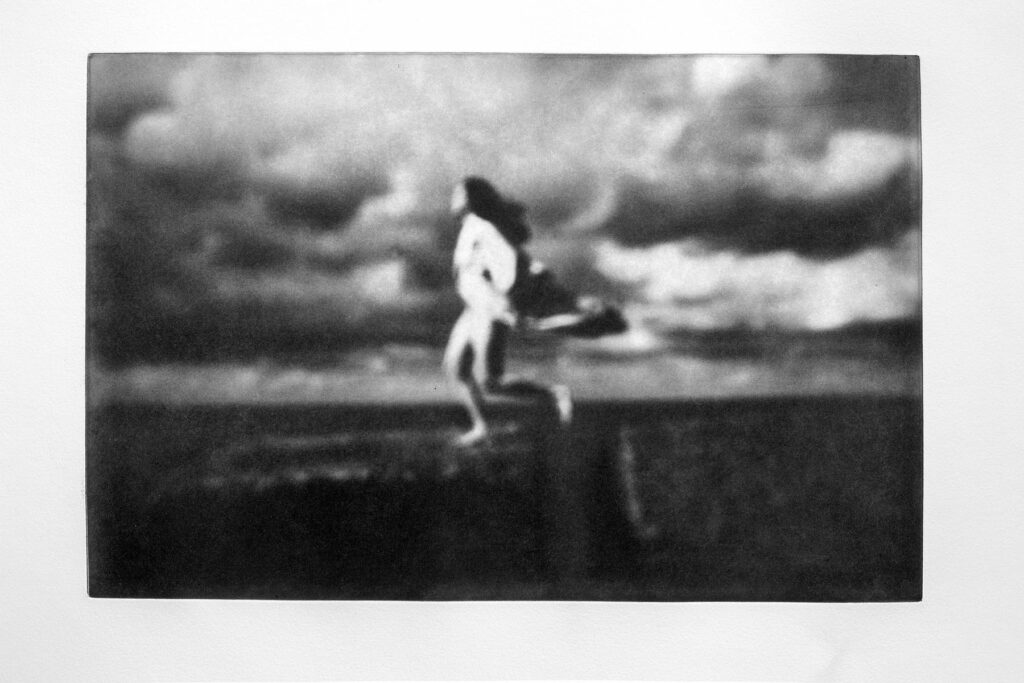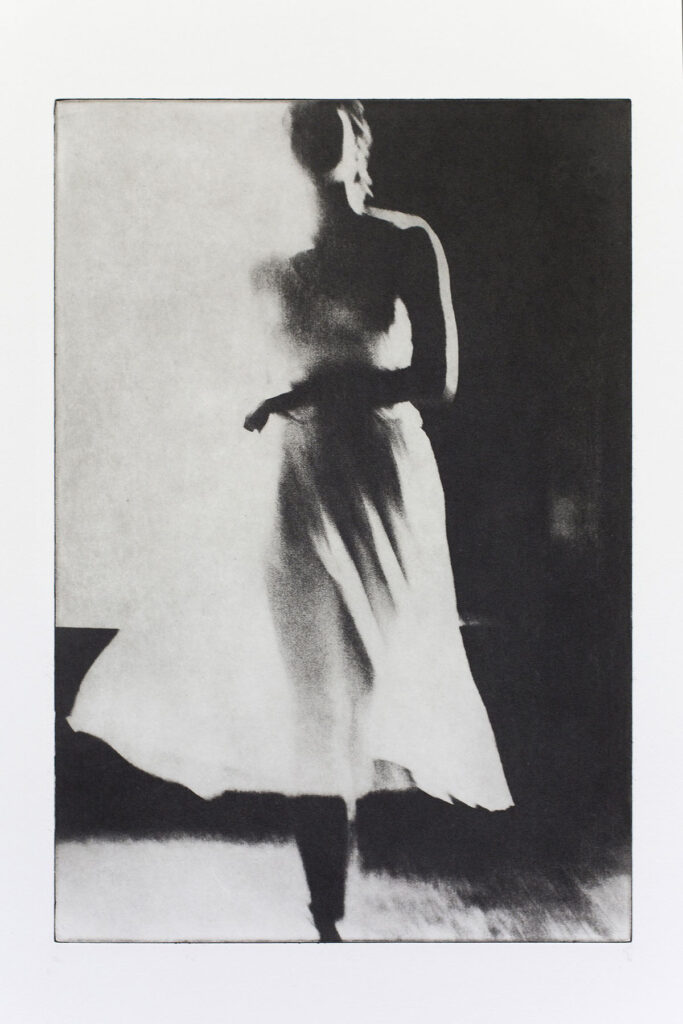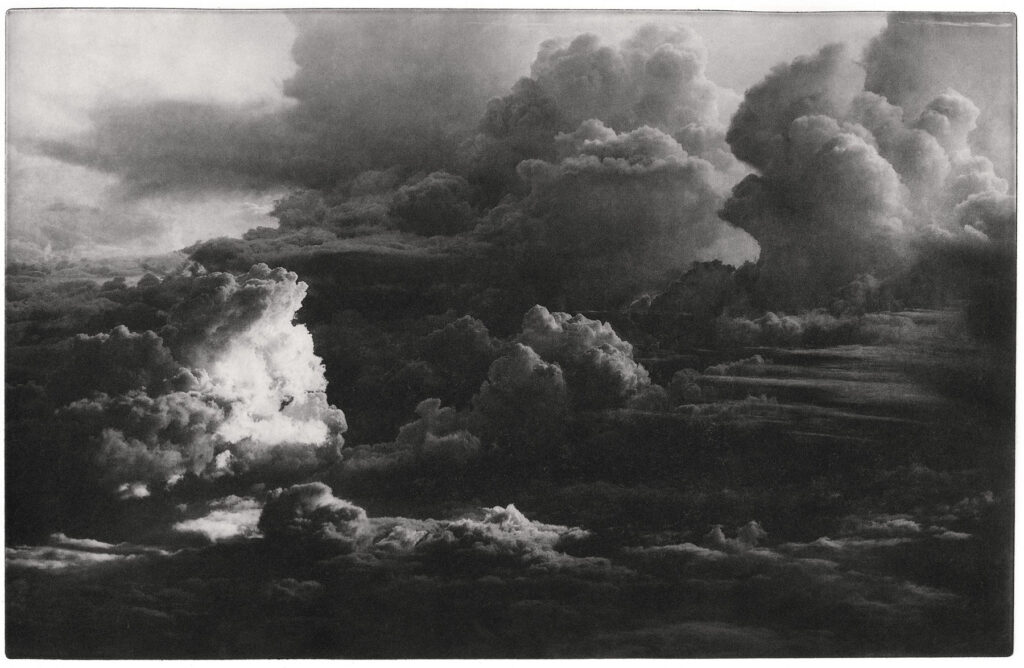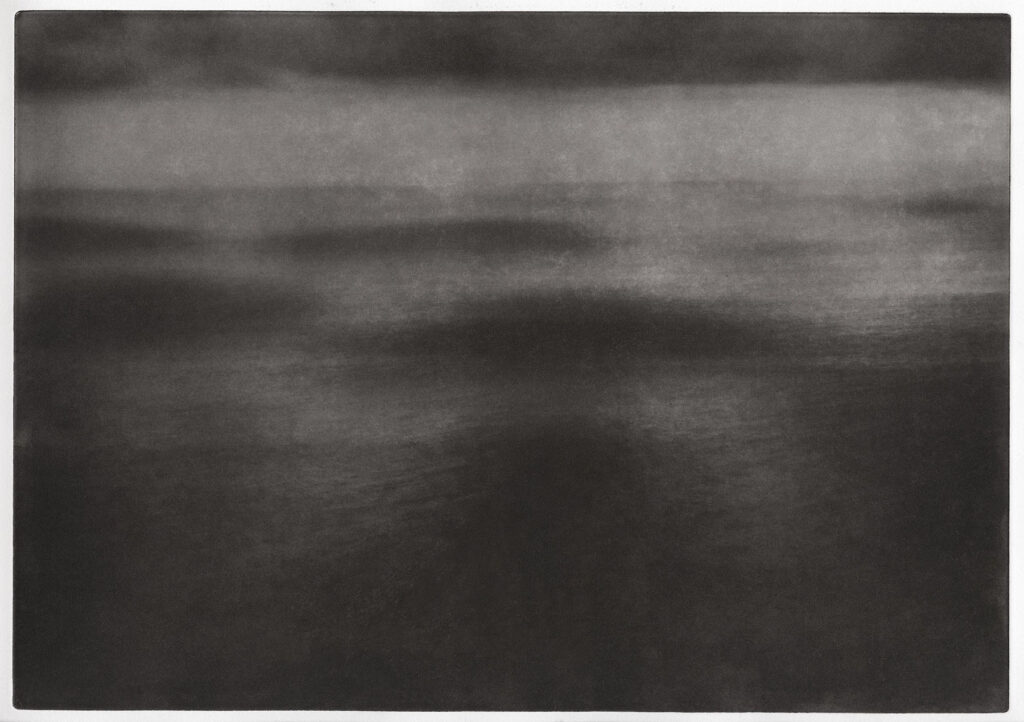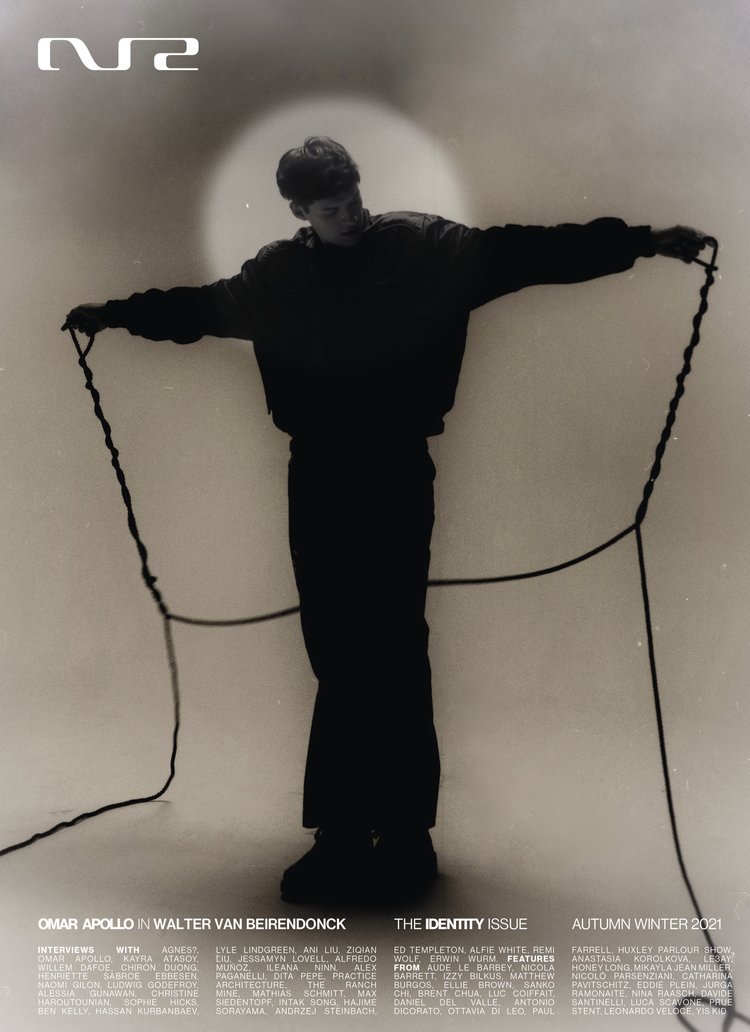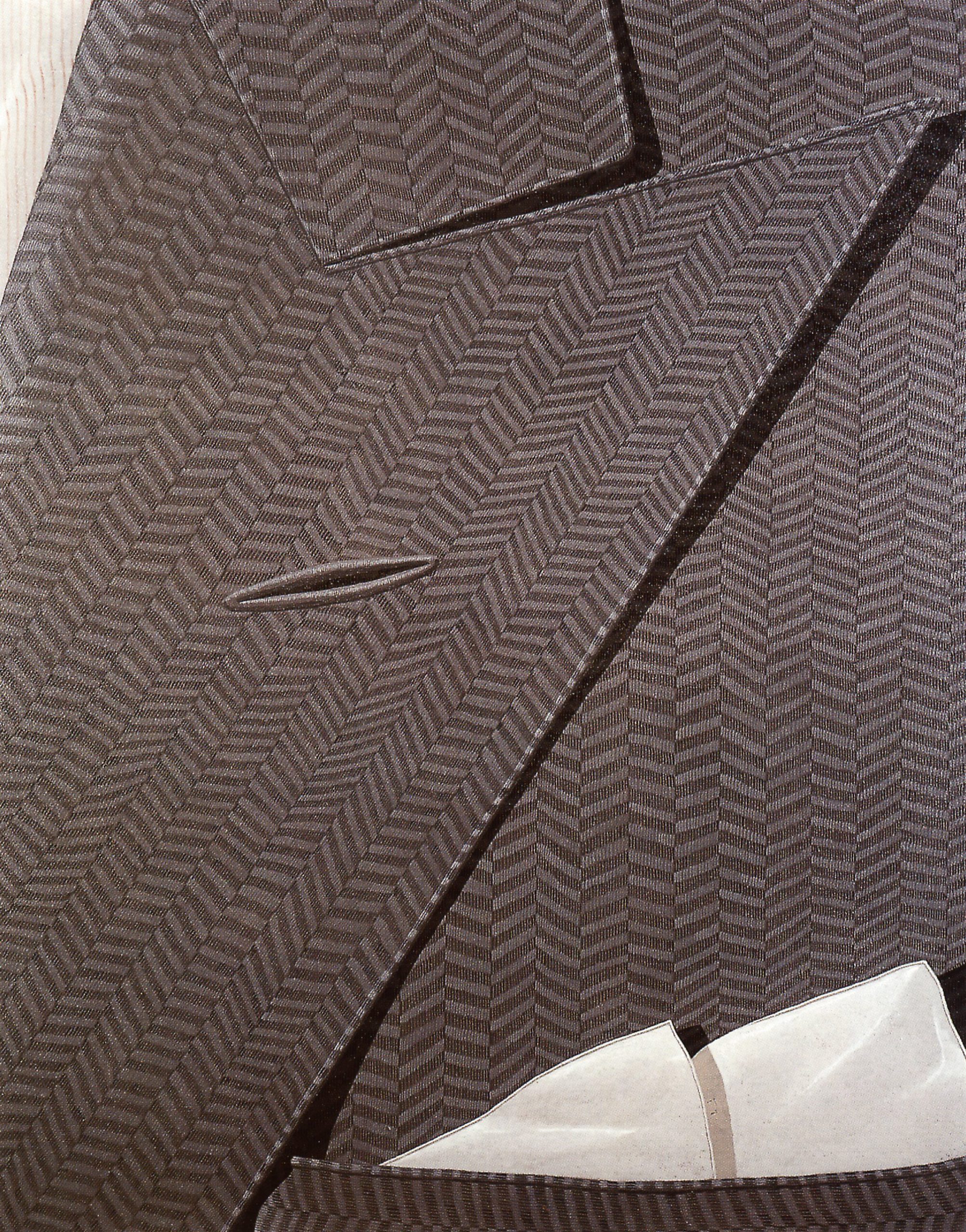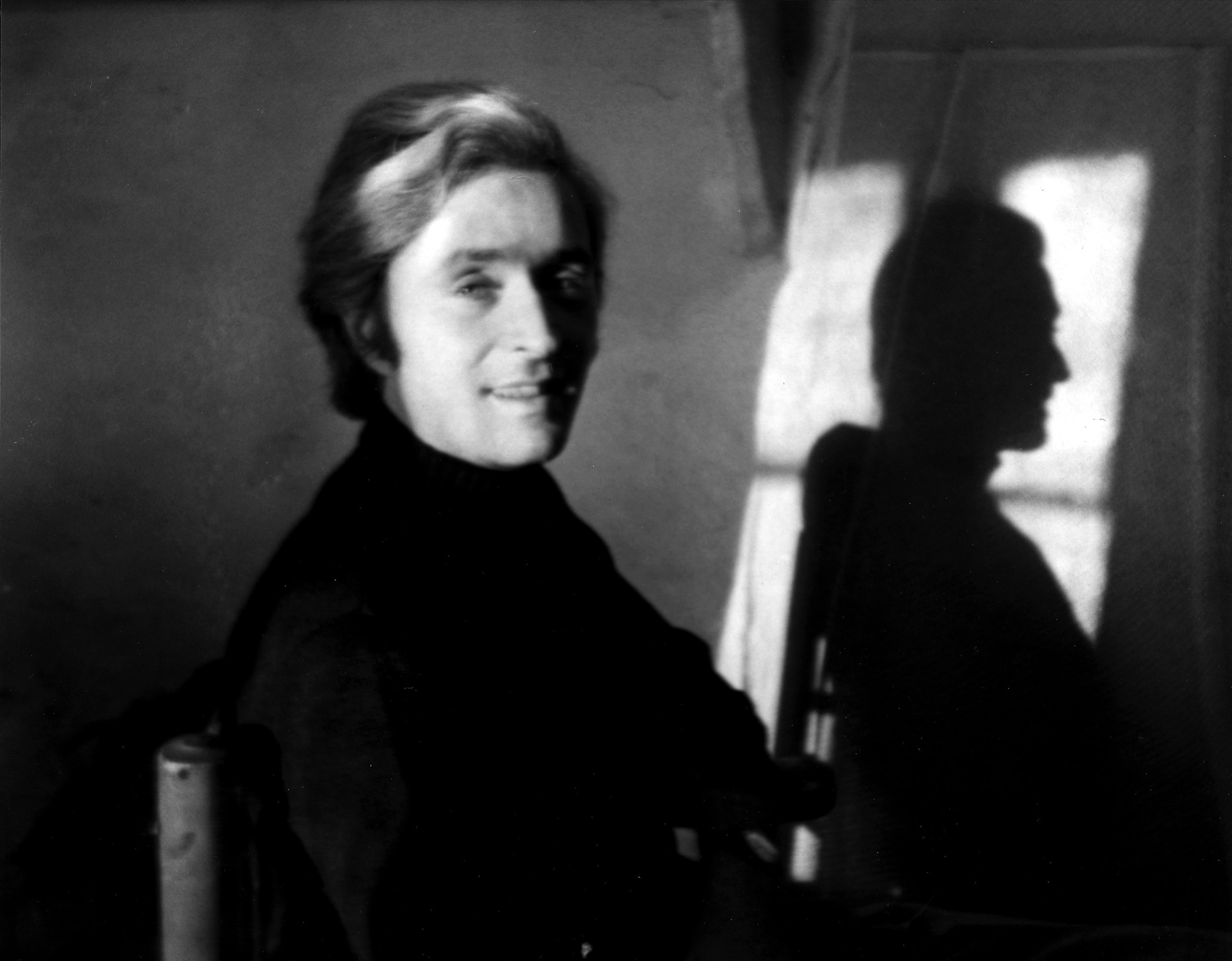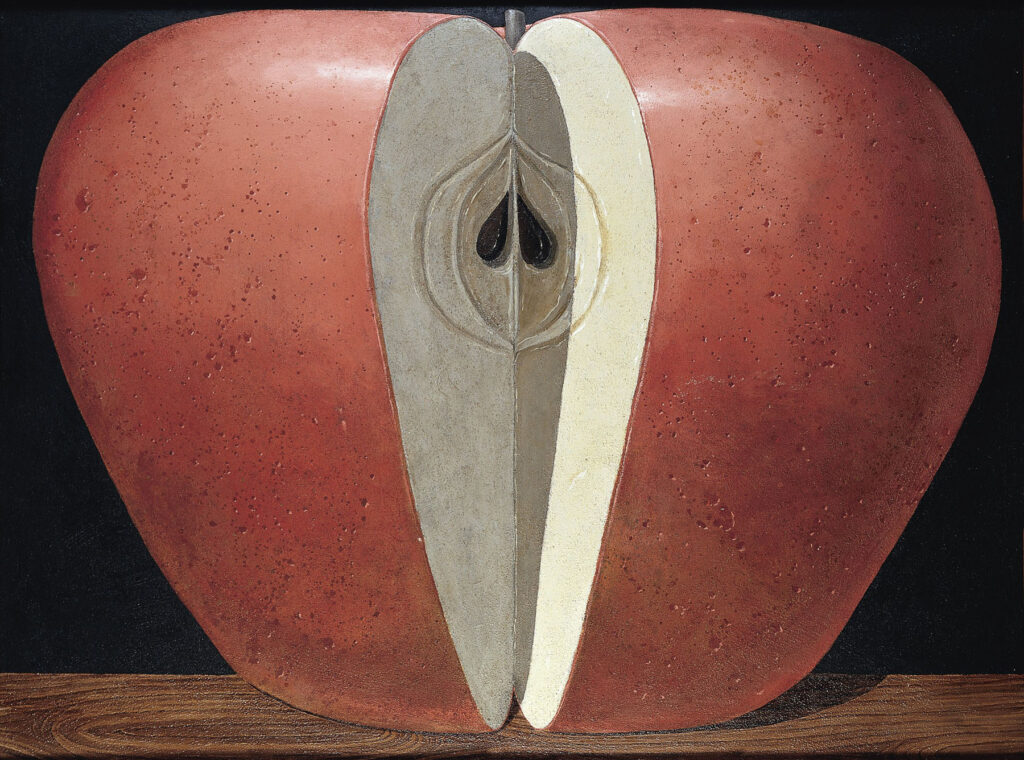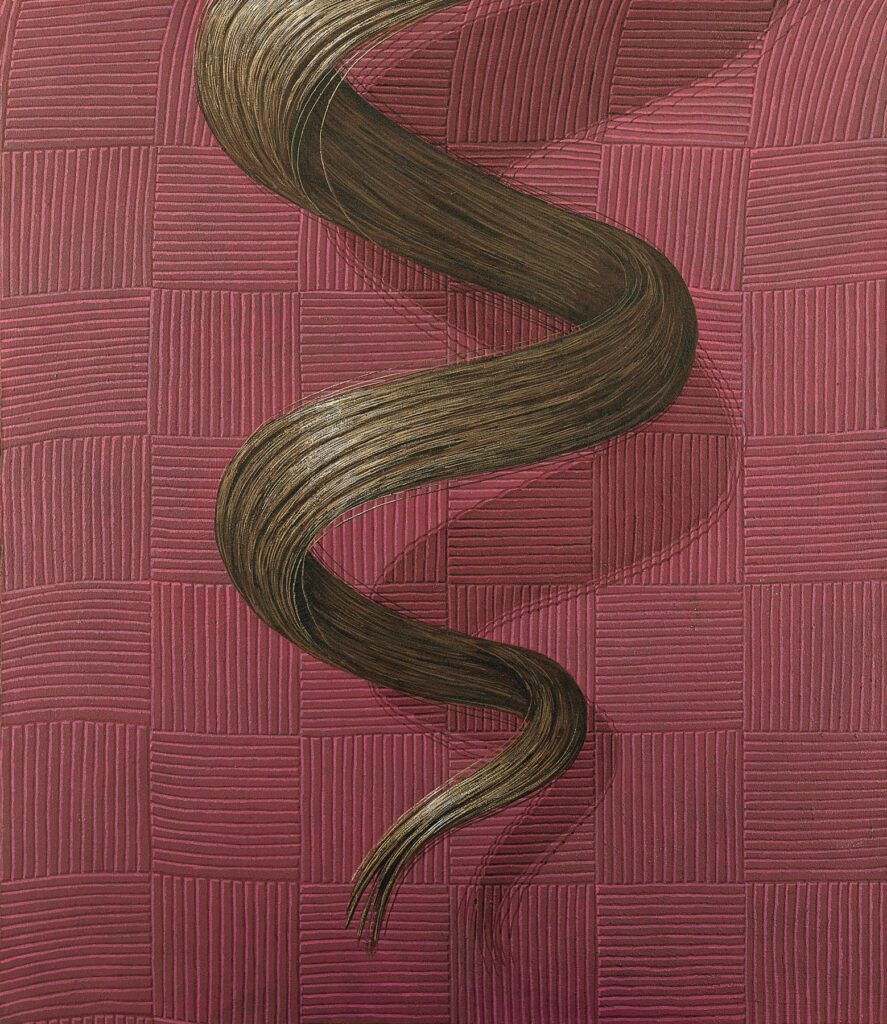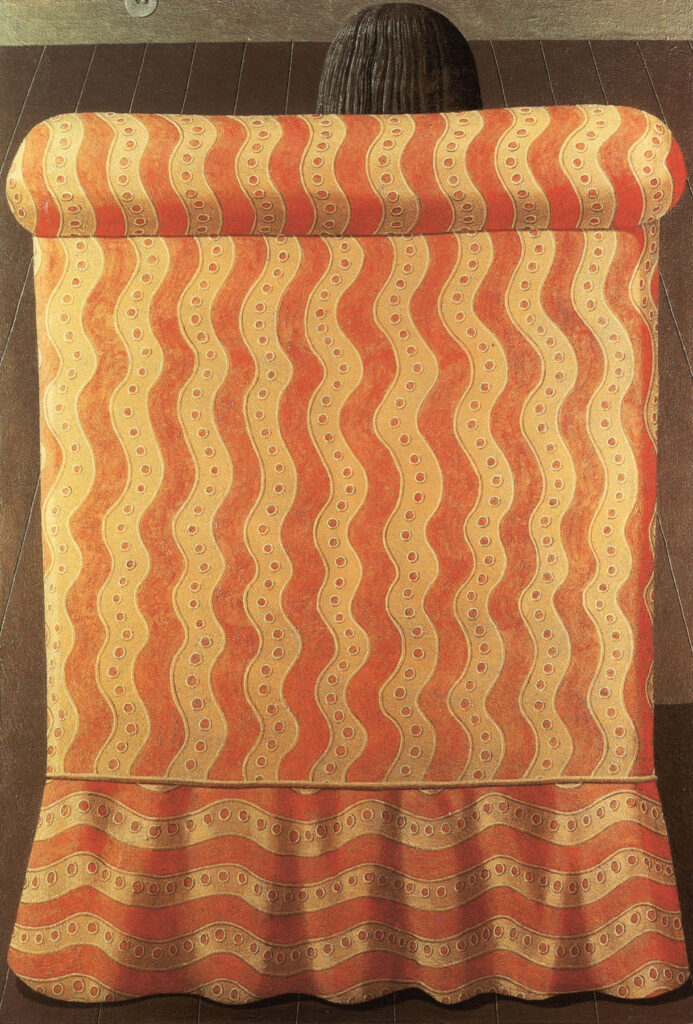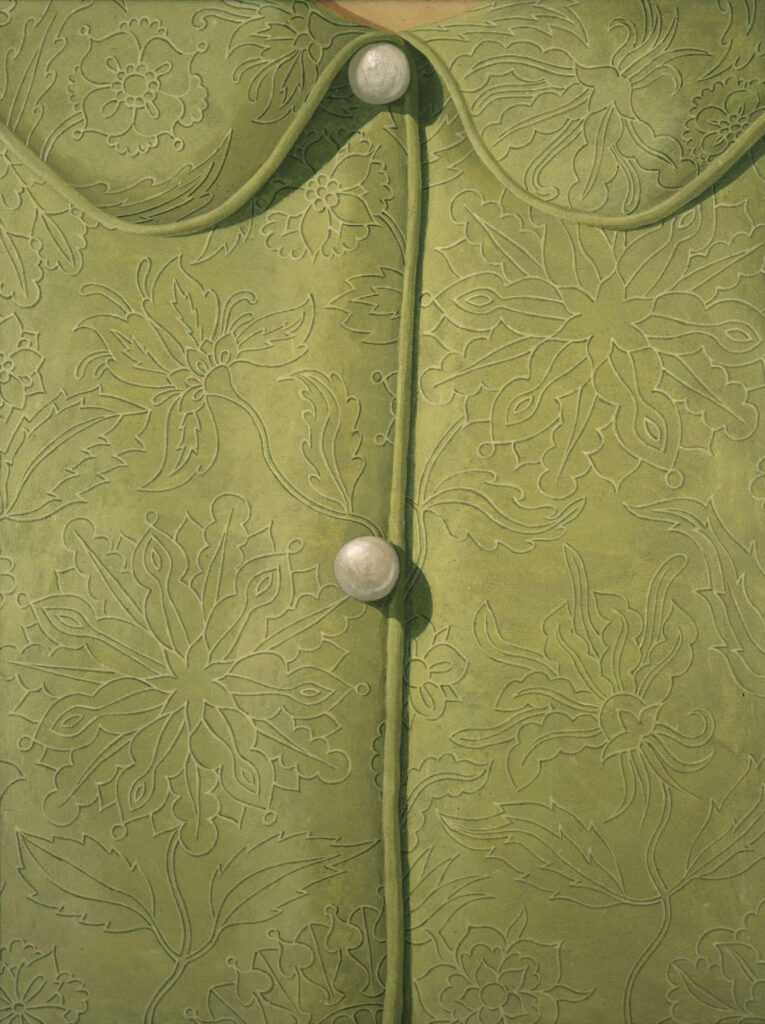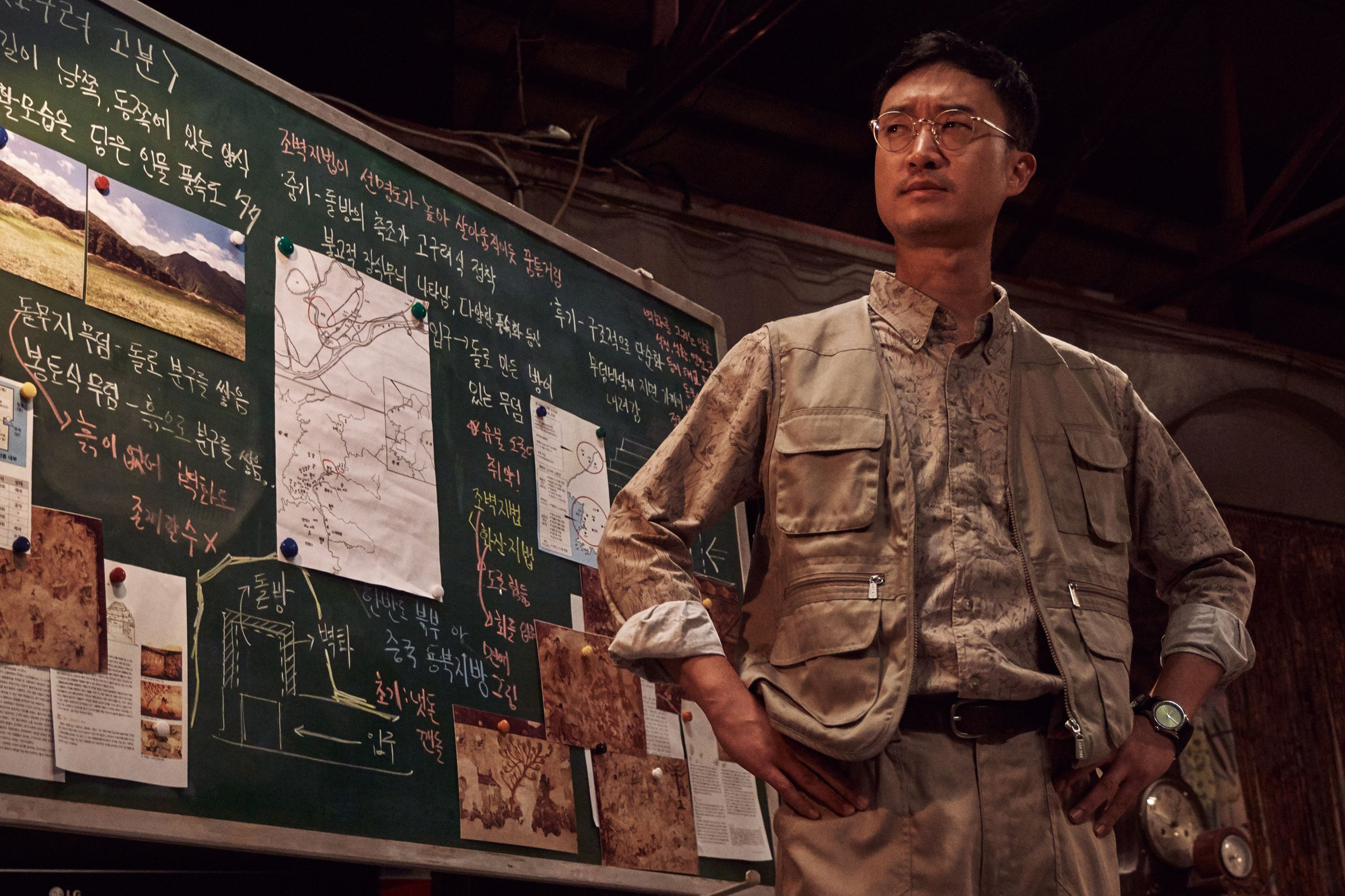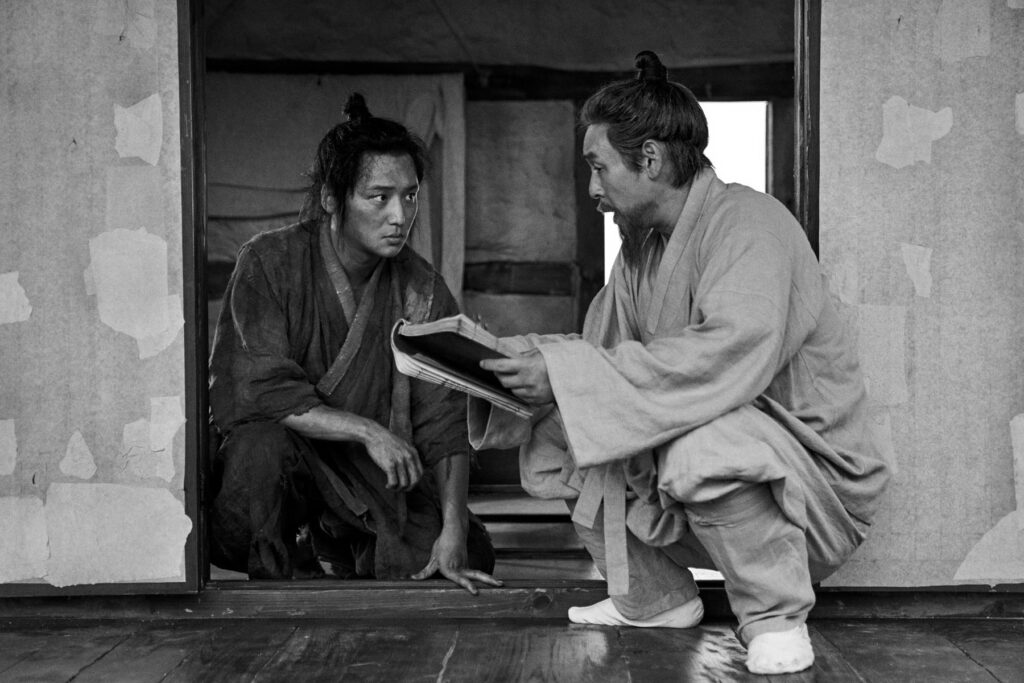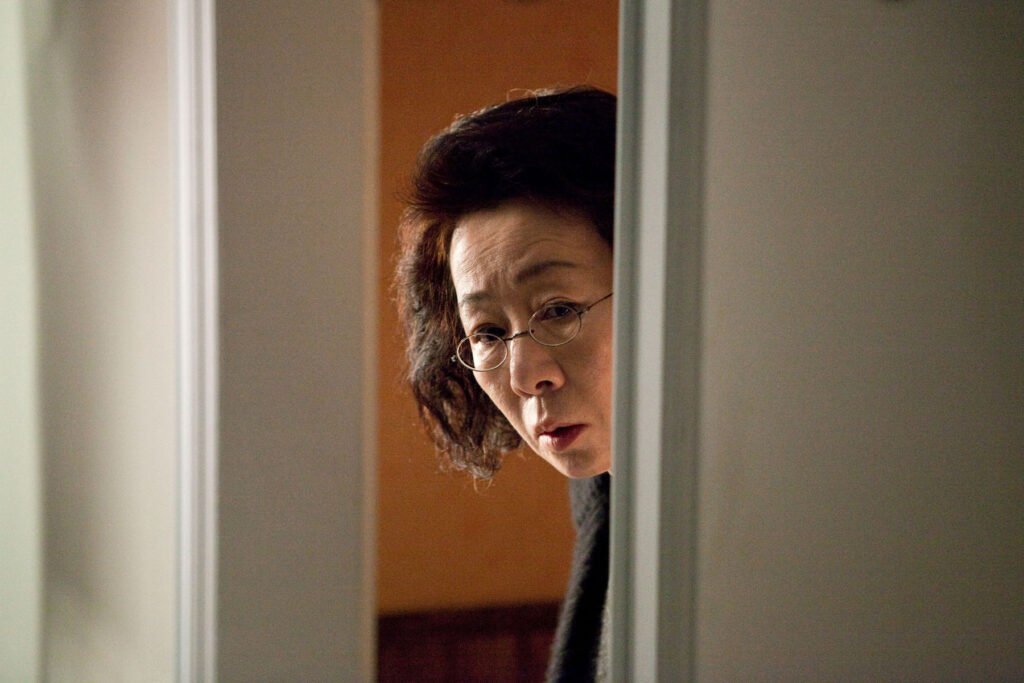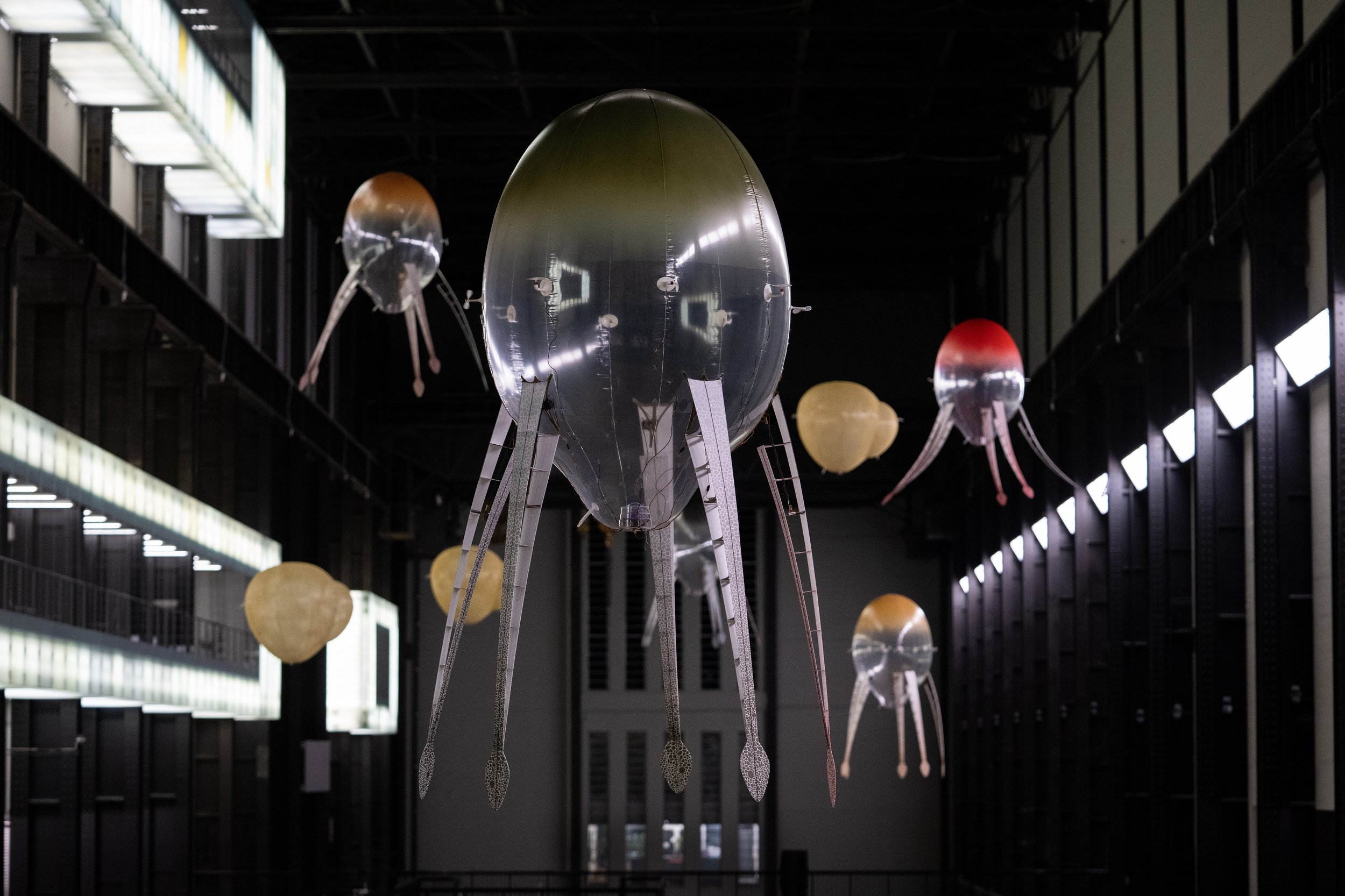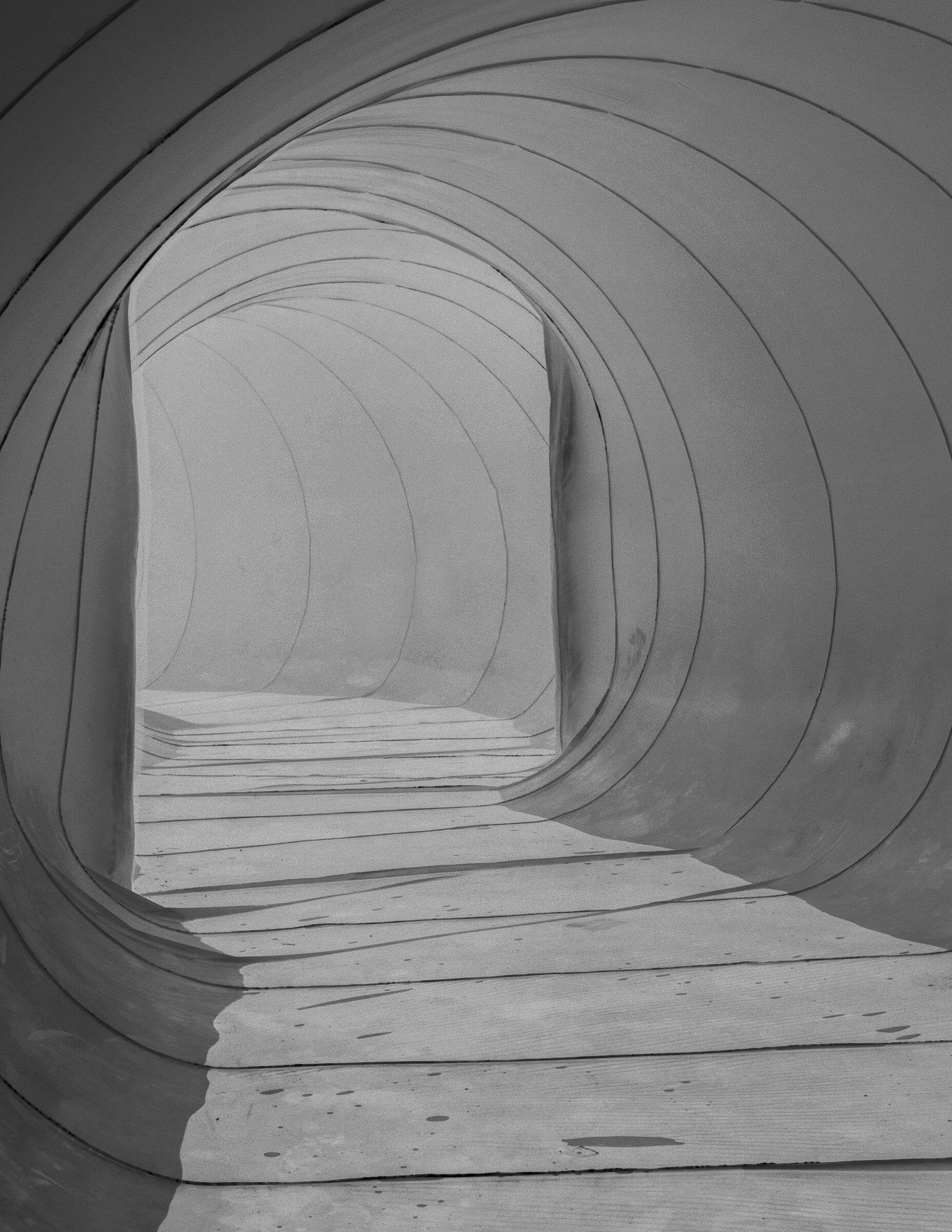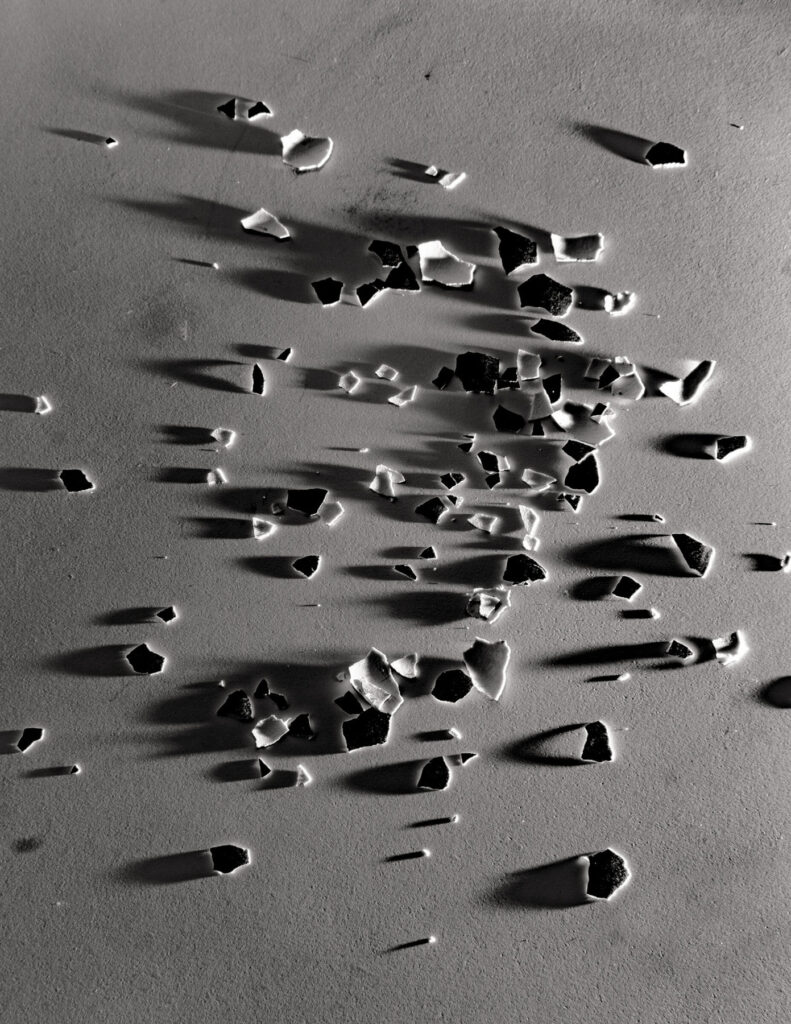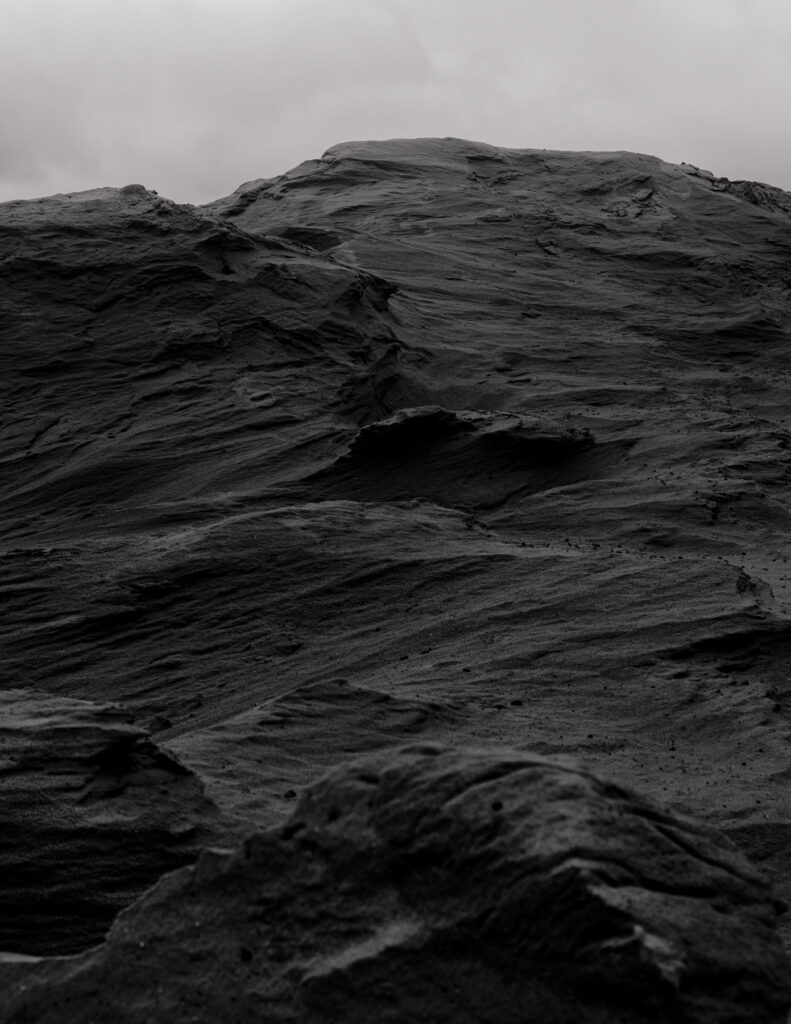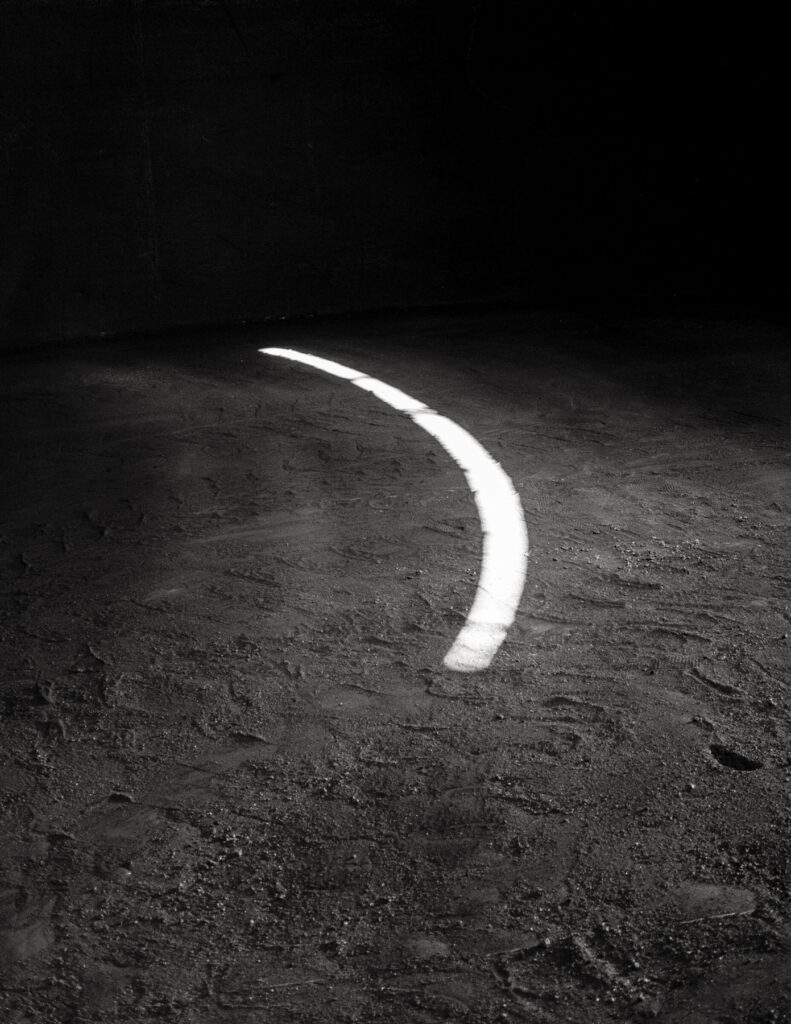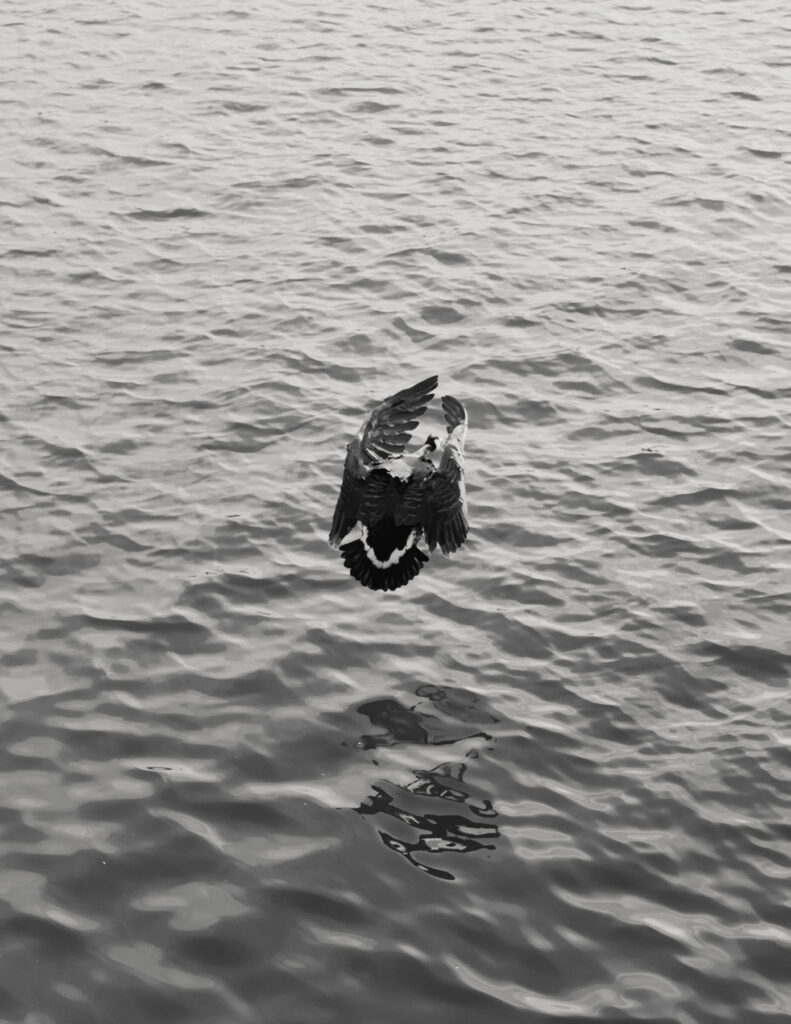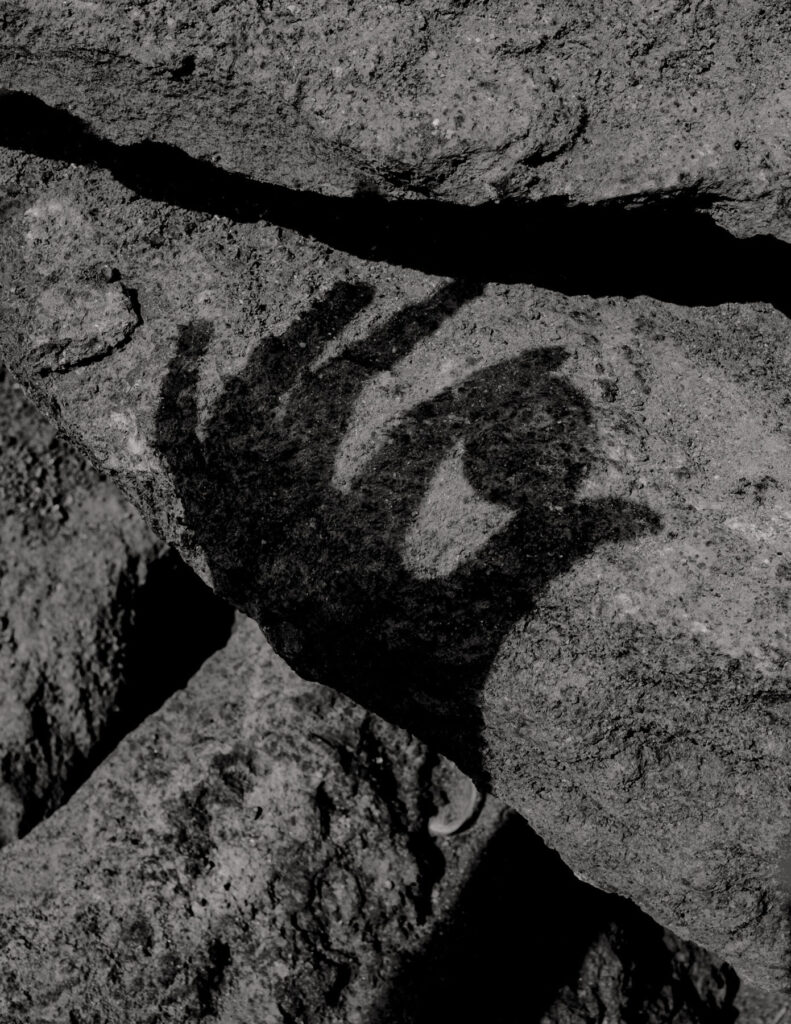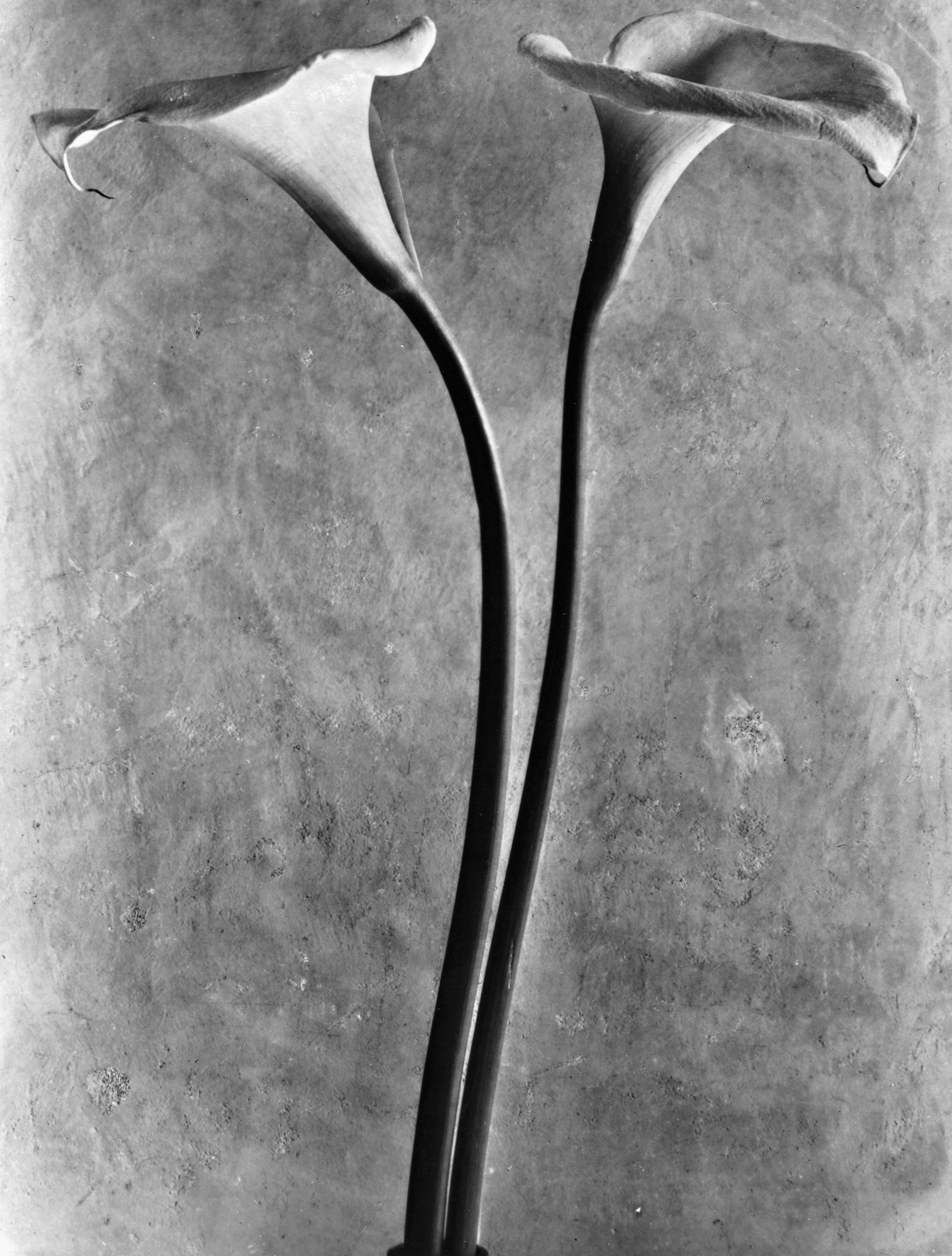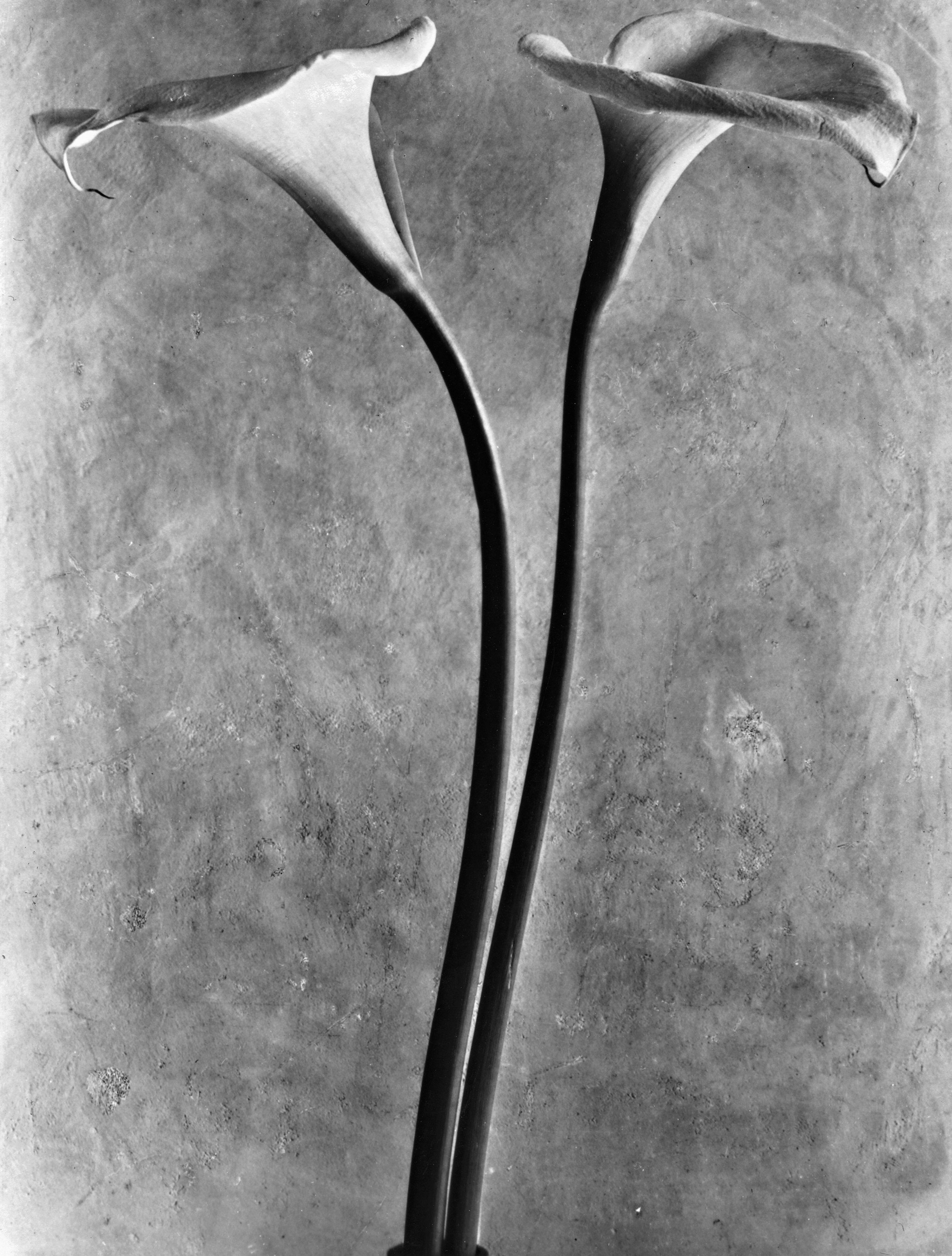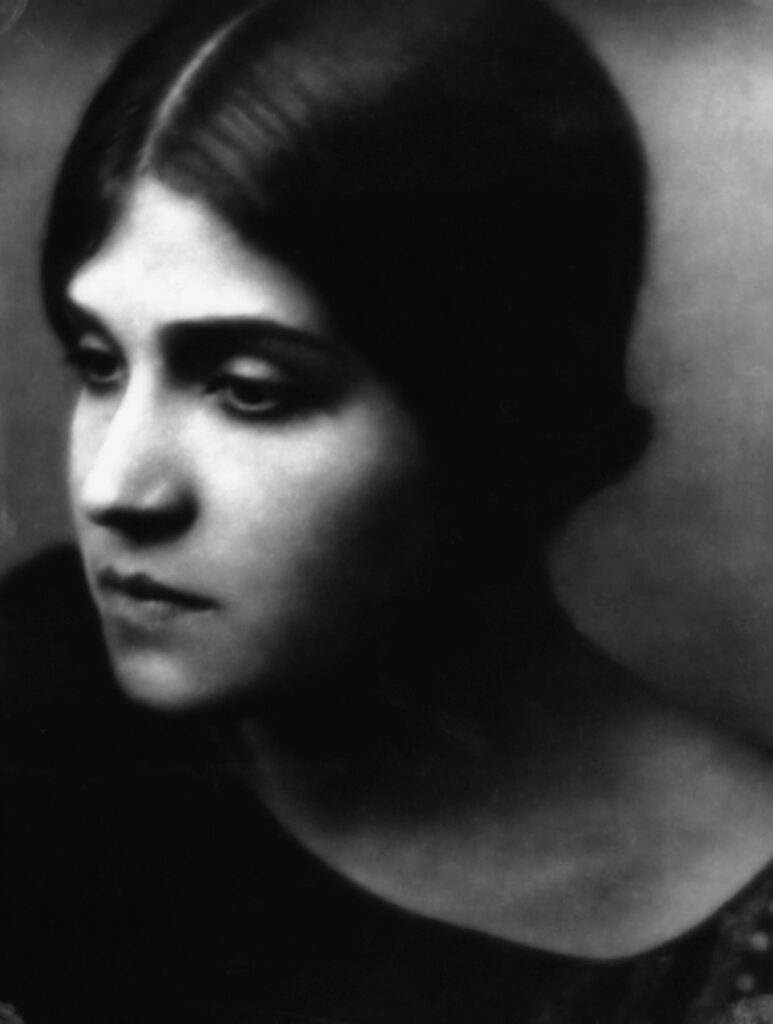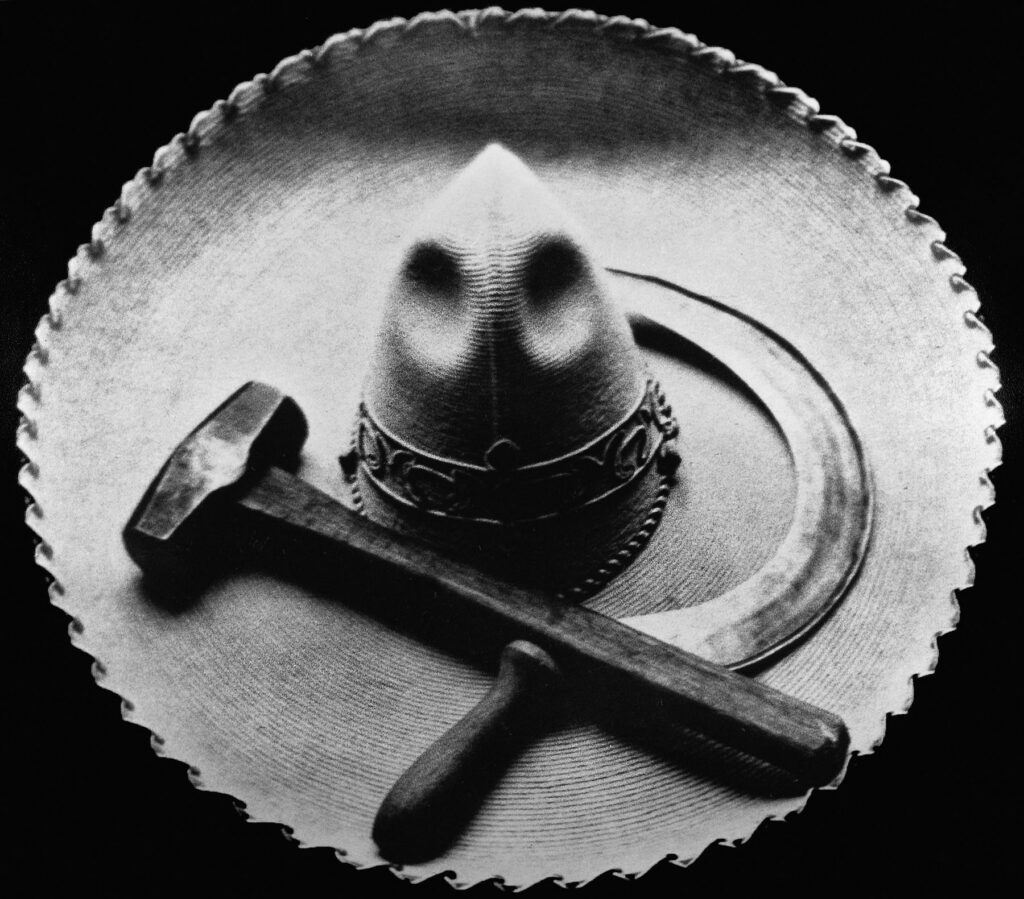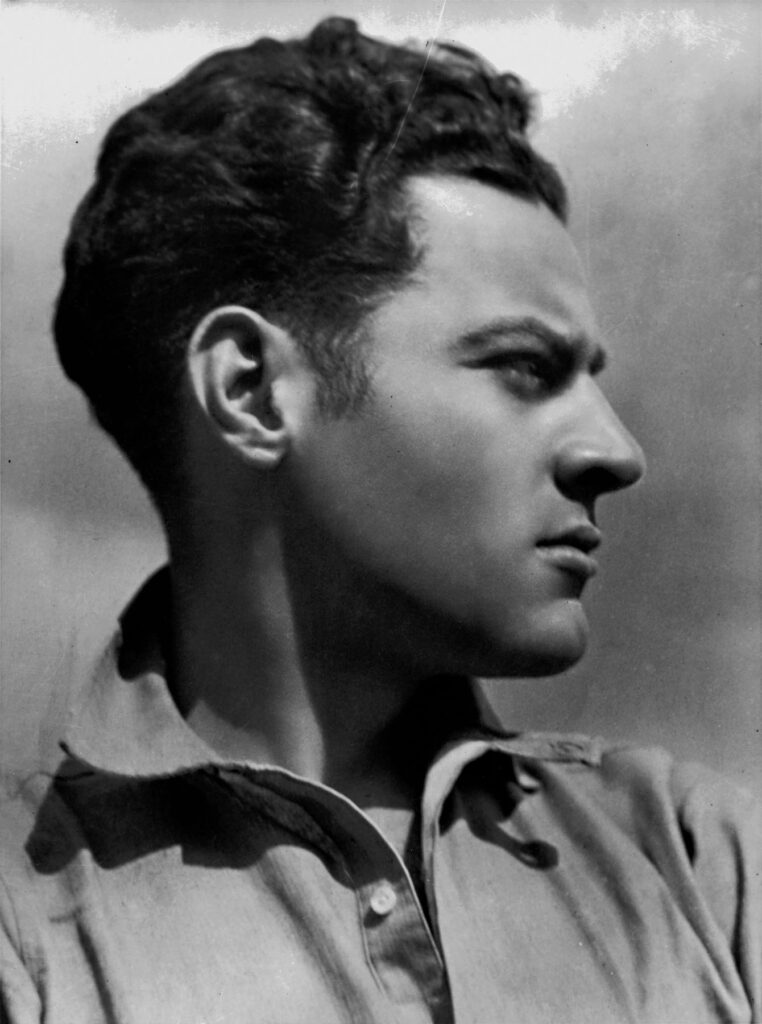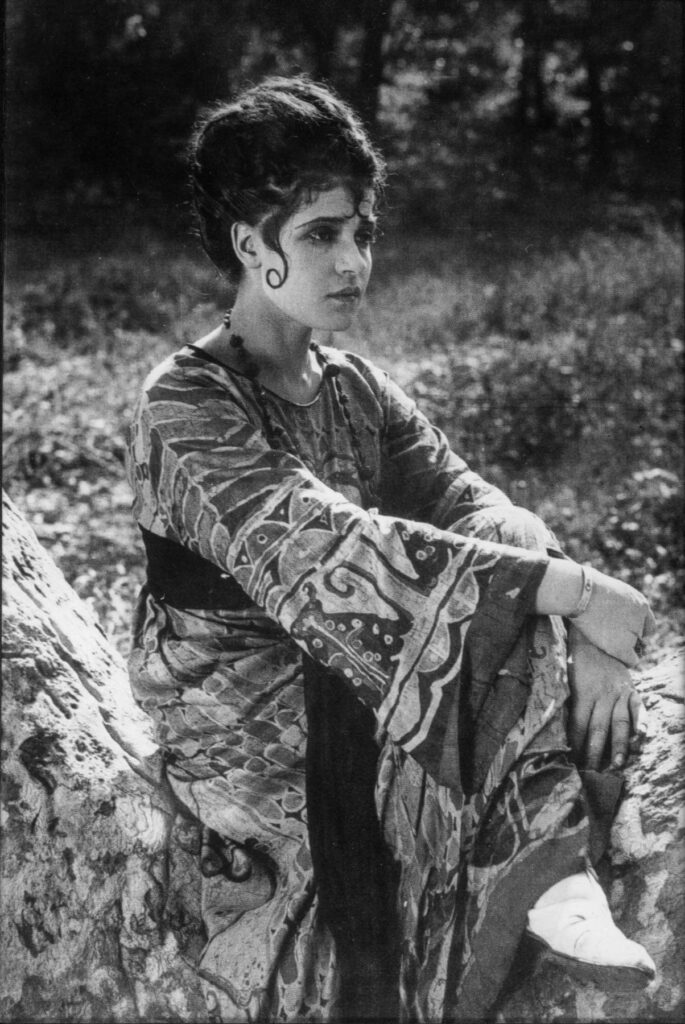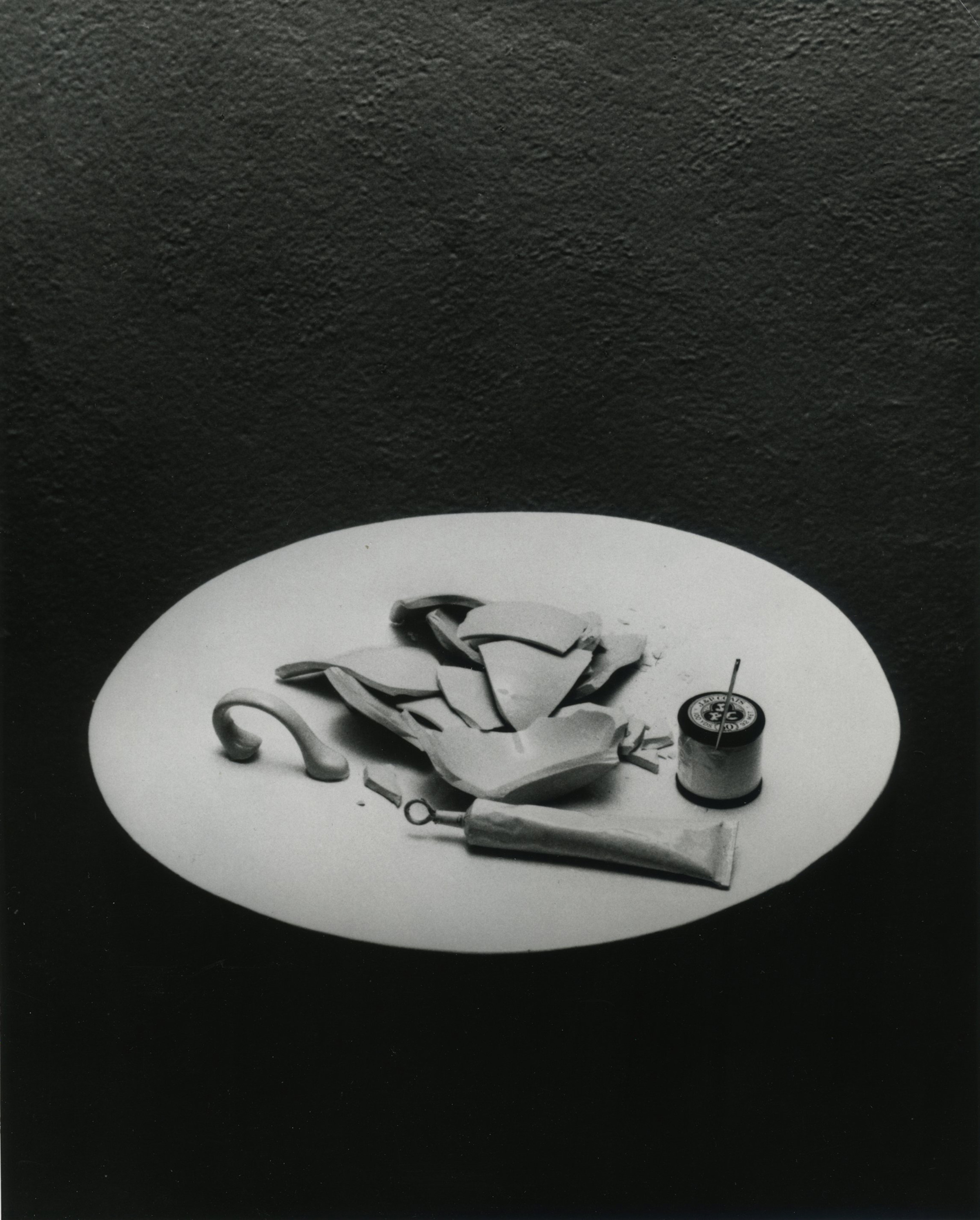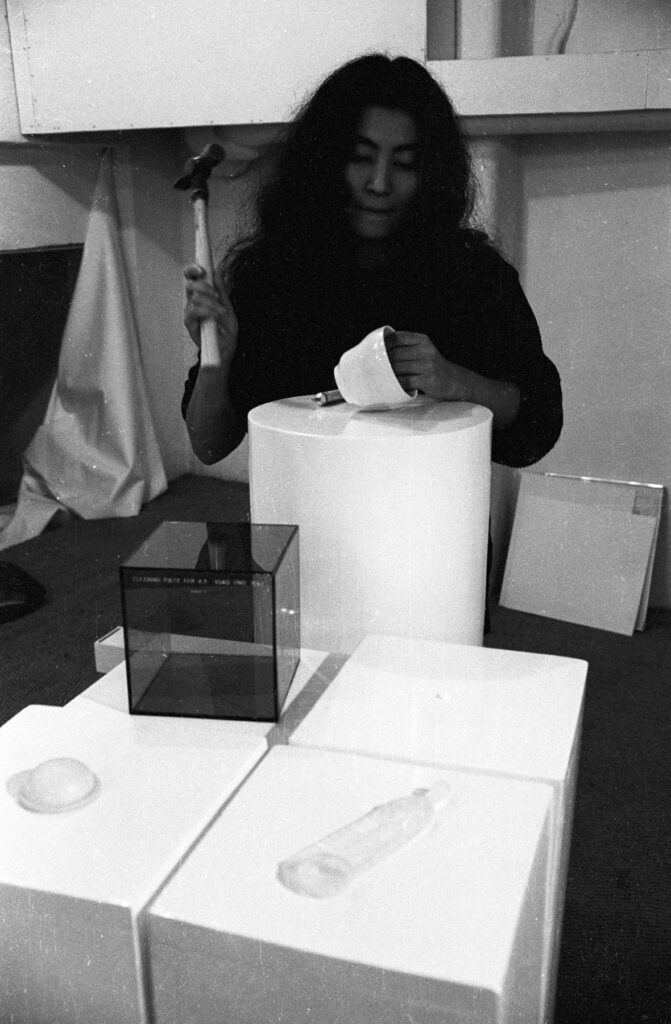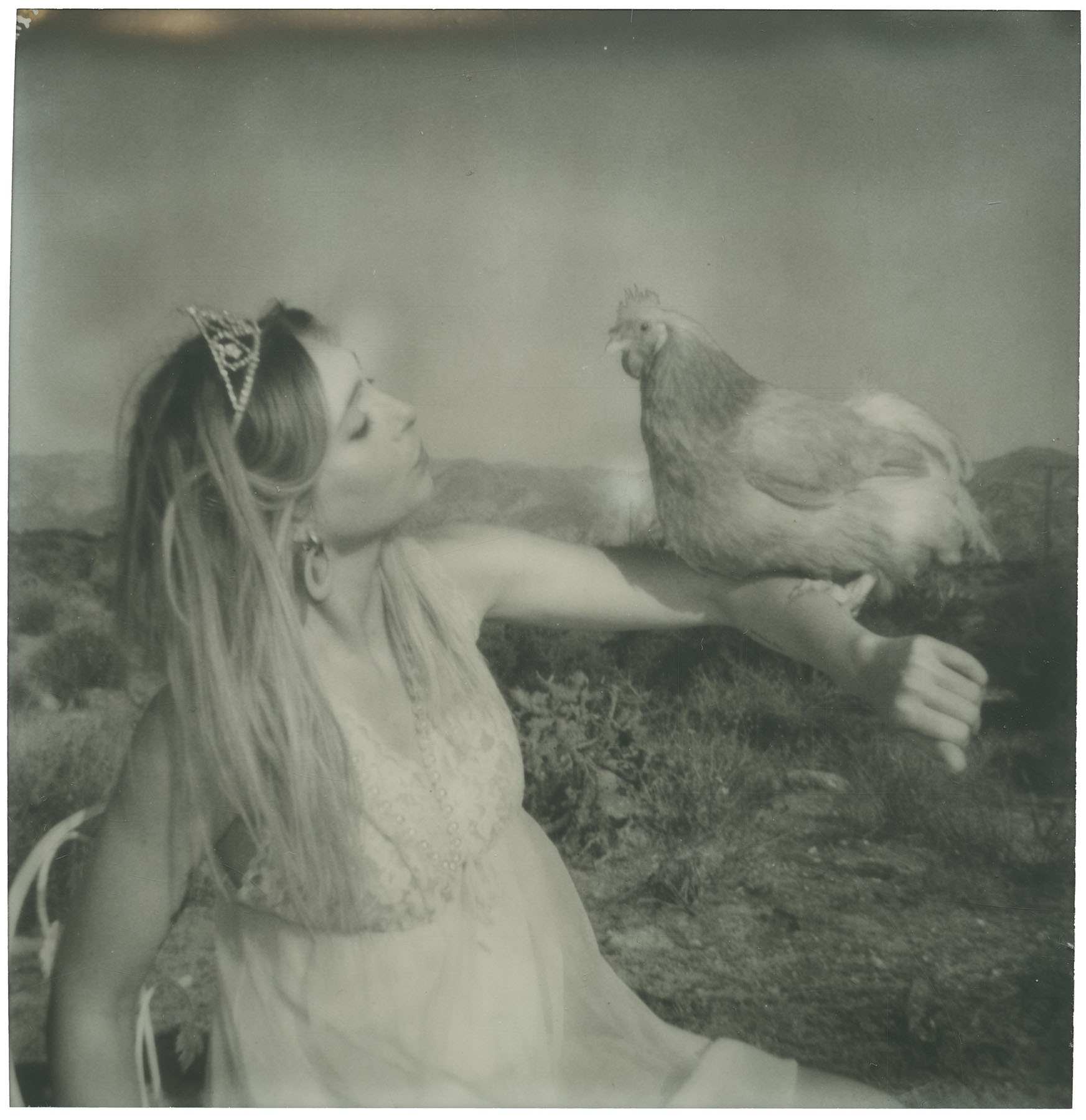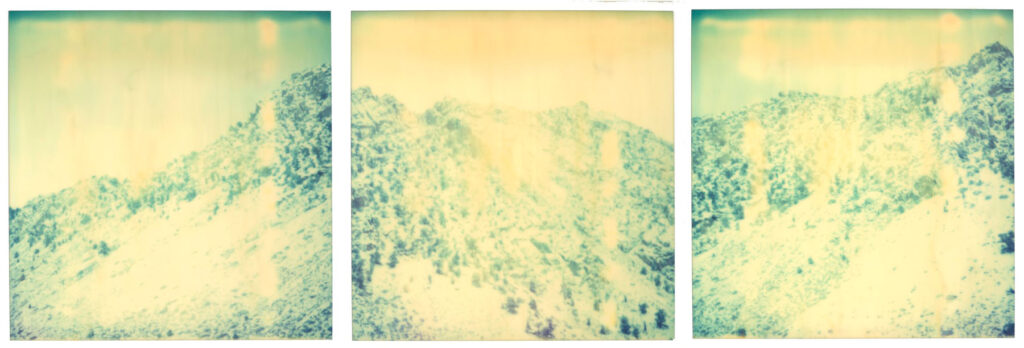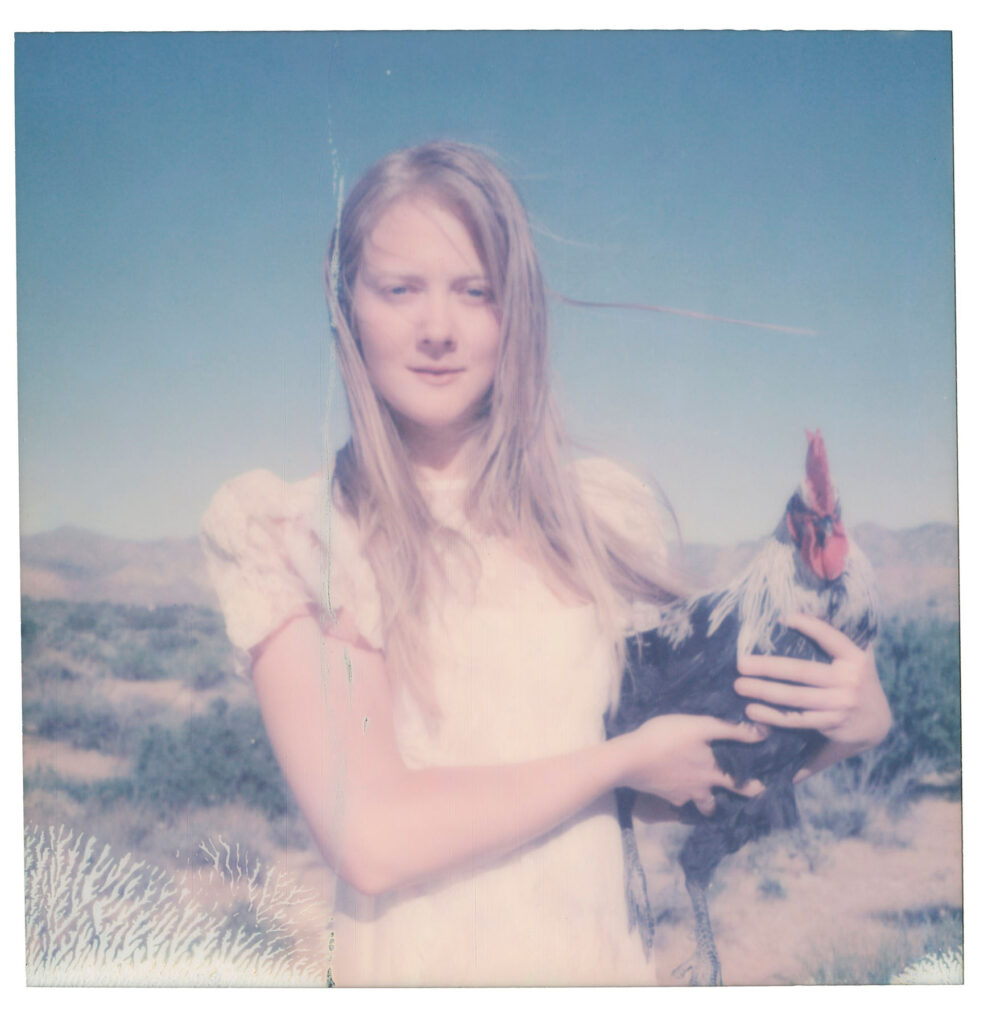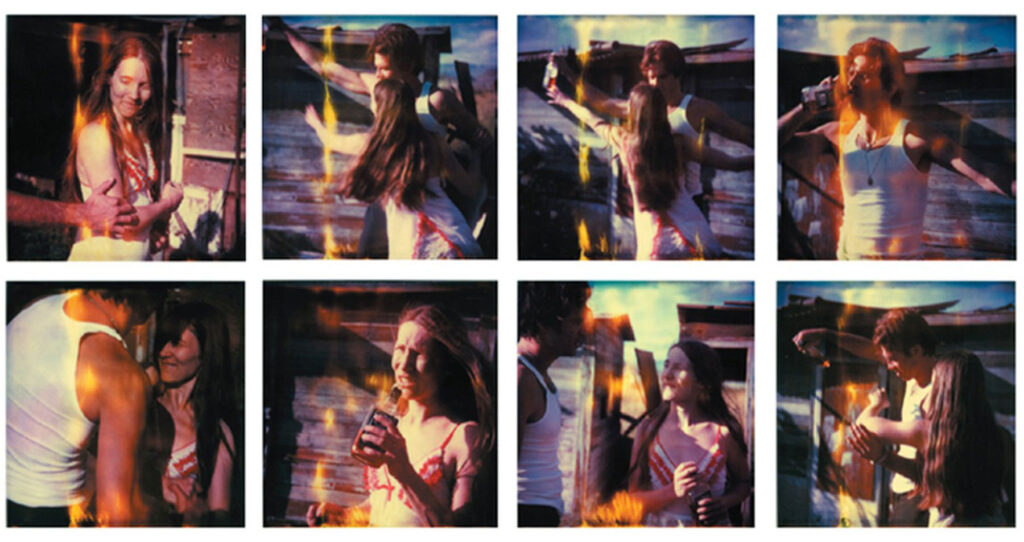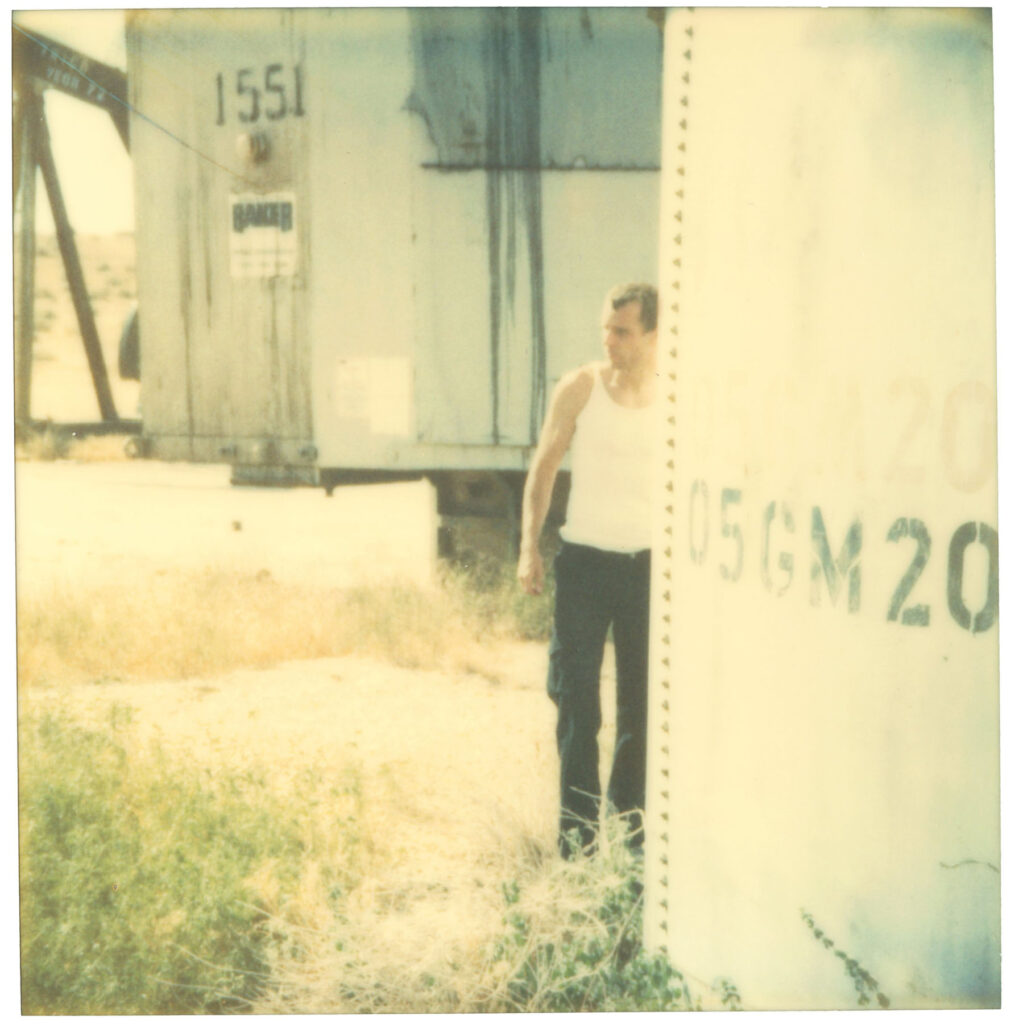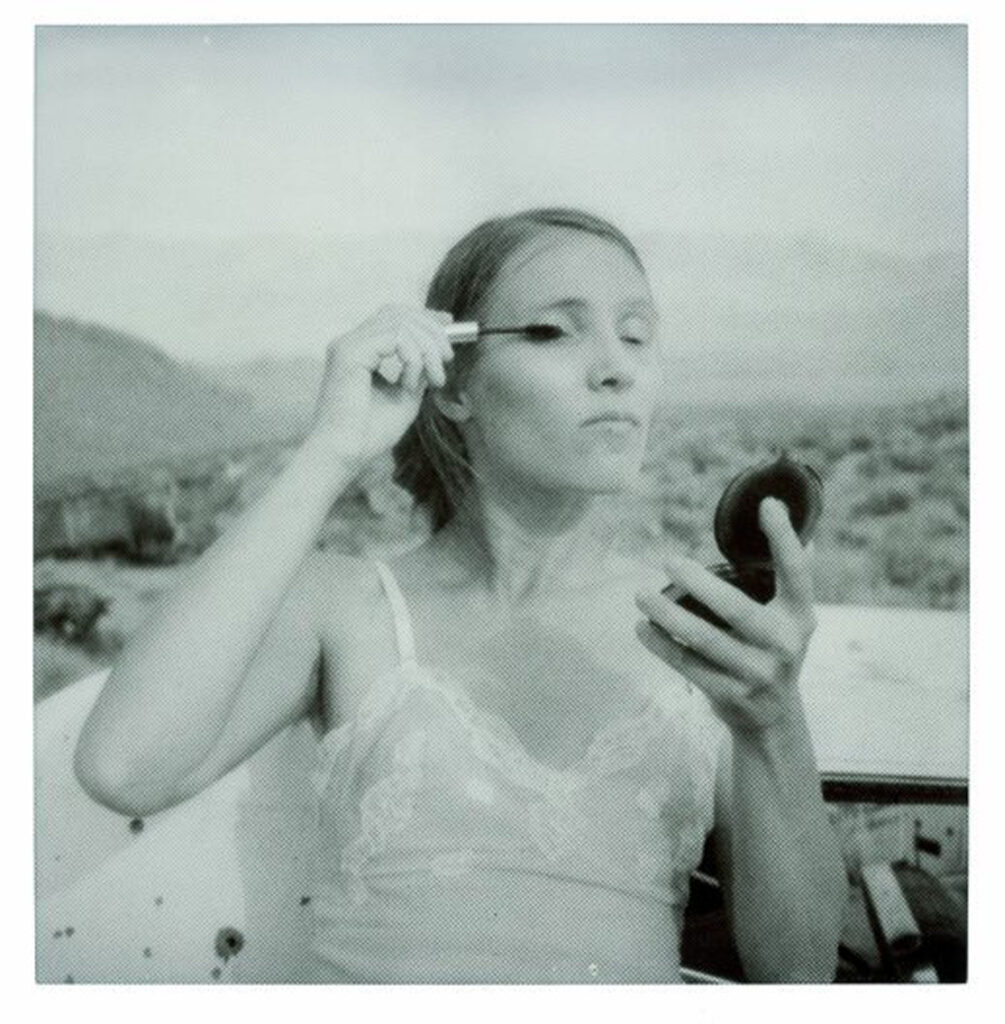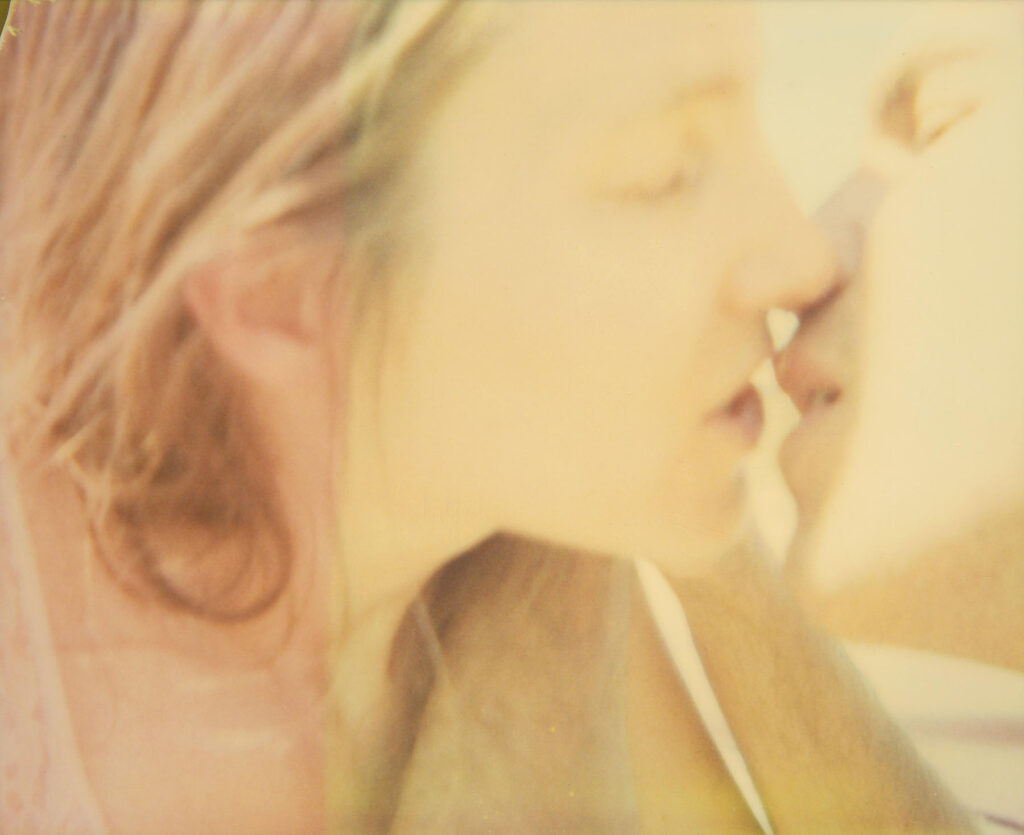
“trying to shape the story and give voice to things that must change.”
The photographer Jenevieve Aken is a storyteller. Though Aken often turns to self-portraiture, her work is never merely autobiographical. Rather, she takes on the role of both subject and photographer to tell stories that others recognise and see themselves in. As well as using her own experiences as the basis of her projects, Aken also reinterprets the stories of others, fictional (in Great Expectations, she fashions herself as ‘Miss Aken’, a play on Dickens’s Miss Havisham) and real. Her series, Sanctuary (2017), for example, sees Aken delve into the story of Elvira Orlandini who was raped and murdered in her home village of Palaia, Italy, in 1947. As Aken explains in her interview with NR, she was taking part in an artist residency in the village when she learned of the brutal tragedy of Elvira. Through a series of black and white images, Aken conjures up the spirit of the murdered woman, granting her a second chance at life. For Aken, the series is not just about Elvira, however; by depicting herself as defiant – and, crucially, alive – Aken seeks to shift the story away from victimhood to a tale of survival. As Aken explains of the series on her website, the despicable nature of assault on women’s bodies is shown “naked and exposed for the viewer to feel and see, to experience the vulnerability of women.”
In her first photography series, The Masked Woman (2014), Aken explores the complexity of navigating womanhood in Nigeria, where she is from. The photographer plays with the depiction of an independent, professional woman (which Aken, herself, is), and in doing so, circumvents the male gaze and the stigmatization of sexually free women. In some ways, Great Expectations (2016) is a mirror reflection of that first series in which the character of ‘Miss Aken’ spends her life, jilted and still wearing in her wedding dress, at home – forever in limbo. But if these series grapple with the degrees to which women are free to choose their futures, Aken’s series, Monankim (2017), highlights the absence of choice (and voice) that comes with entry into womanhood. Here, Aken (this time, not subject, only photographer) shines a light on the rituals of female genital mutation – the series takes its name from the word used to refer to the process by the Bakor people, a group of minority tribes from Cross River State, Nigeria. By depicting young women preparing to undergo the highly stigmatised procedure, Monankim is a reminder to Aken, born into one of the Bakor tribes, of the ritual she was able to avoid. In essence then, Aken’s work shines a light on the balancing acts that many try to navigate; the illusion of freedom is, oftentimes, just that.


NR: As a photographer and storyteller, what are some of the key aspects, features and details that inspire you to create a project around a particular story?
JA: I am constantly inspired by what I read, what I see, what I hear from different people and their experiences. I also get inspired by what is happening around me and my experiences; sometimes I get inspired just by myself, in my solitude. I guess that is what inspires me to create a relevant project around a particular story.
How do you find the stories that you focus your work on? Especially in the case of Elvira Orlandini, how did you find out about her life and decide to create a self-portrait project around it?
I am constantly researching, reading and listening. I am always fascinated by stories – I think that is what helps me to find ideas to tell stories. Especially in the case of Elvira Orlandini’s story that I was told in an artist residency I was involved in Italy, in a village called Palaia in Tuscany. I lived there for one month. I heard and listened to Elvira’s tragic story about how her beautiful life was cut short by an unknown killer and how her ghost still roams the village and in the bush. And I also saw her grave by the roadside where her body was found, which was close to where I stayed. Elvira’s story dominated my mind, and that inspired me to create a story around her through self-portrait performance. Elvira’s story still resonates and [like her case], this is still happening to women around the world, begging or negotiating for their life.
“Some who are dead like Elvira’s spirit still linger on earth, looking for justice.”
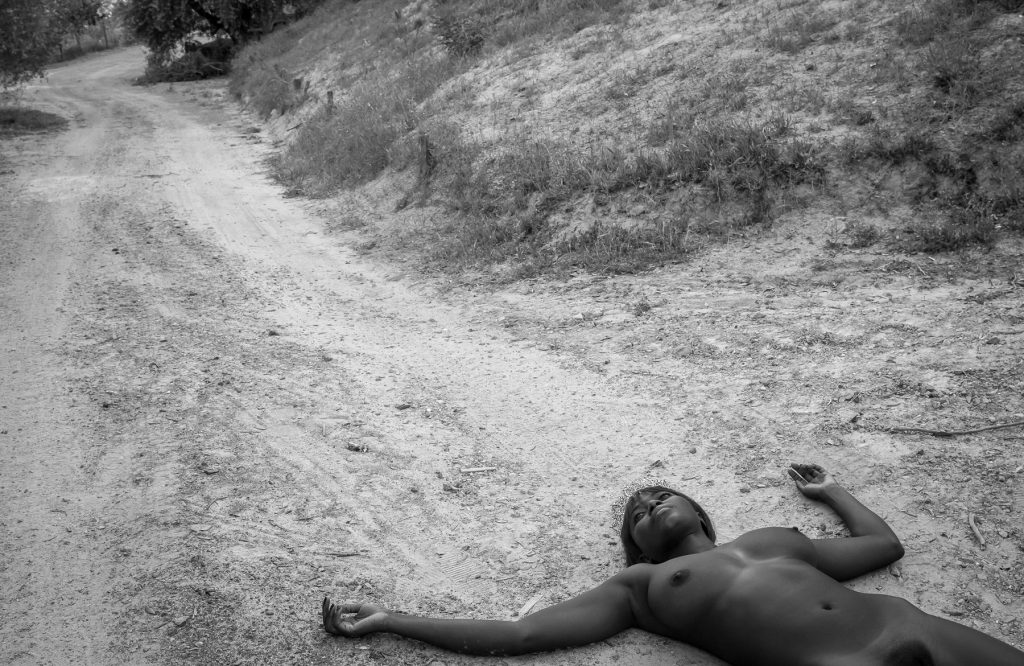
In your work, especially The Masked Woman, you are both the subject and the viewer/producer – how do you navigate the representation of gender and identity by playing both roles on either side of the camera?
It wasn’t easy navigating this and playing both roles on either side of the camera. In The Masked Woman, which happened to be my first self-portrait series project as a young photographer, I was still navigating with my lens and how not to be passive or overlooked as a show-off or being sensual. Rather, I followed my intuition, and I chose to capture the attention of the viewer to avert the overall male gaze by facing it head on with my own actions and choices that explore the representation of gender and identity through a performative lens.
In the series Great Expectations, you are the character of ‘Miss Aken’, whose married life you imagine. Do you create detailed back stories for your characters in order to take on their role? And how do you connect with these characters?
The Great Expectations series is a reference to the iconic novel by Charles Dickens, and I was inspired by the eccentric character of Miss Havisham. I was connected and drawn to the effect that her having been jilted at the alter had on her character, and how this affects wider society. That inspired me to play the role of ‘Miss Aken’ through self-portrait performance, where I model myself alongside the character of Miss Havisham by reinterpreting and (re)creating the story of Great Expectations
“in a contemporary African society, addressing the huge emphasis placed on marriage as an institution, where happiness, love, friendship are all afterthoughts; marriage first.”
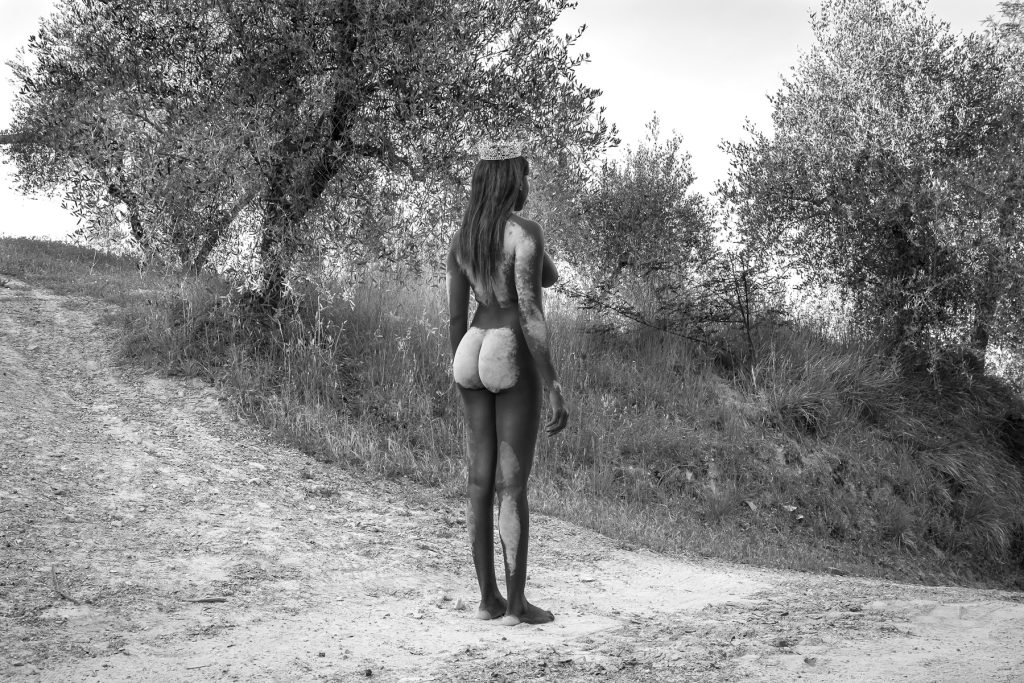
In what way does storytelling allow you as the storyteller to engage with the real-life issues that inform your work? How did you decide to approach social commentary through an artistic style?
I think for me it’s about the location of the idea; if I am able to trace how I have come about a narrative that I am obsessing about, then I find that I am able to map the story and give it honesty and approach it competently. For example, with the story about Female Genital Mutilation, Monankim, I am eternally grateful that my parents decided not to subject me to this trauma; I am aware that it was common in my hometown. I knew many young girls and women that were scarred in my community as part of this ritual of womanhood but
“I wanted to understand how to evolve that culture and the sort of intervention it would take to change things and end this harmful traditional practice.”

Monankim is a series in which you do not feature in front of the camera – when it comes to making photographs, what are the compositional elements you look for? And does this change from taking a self-portrait versus a portrait?
I am very certain about my compositional elements when it comes to photographic image making. Both self-portraiture and taking portraits start from the aesthetic thought processing and intention. After, comes some of the things I look for, like the type of lighting as all my photographs are taken in natural light. I look out for the kind of spaces that fit the image idea and then comes the combination of arrangement of framing and positioning myself or my subject.
At the heart of your work are societal issues/failures that women must confront and deal with (often alone or in silence). How does your work celebrate the struggles of women? And how does this empower both you, as the artist, and the viewer?
“Silence; many women often find themselves sitting alone with their thoughts and problems and without the language or community to help them to better understand.”
Society dictates that we observe and conform, and this is the root of my work: the sitting alone, contemplating alone and trying to shape the story and give voice to things that must change. So, I try to celebrate this because it is important, but my works is rarely ever celebratory but rather reflective and burdensome.
Credits
Images · Jenevieve Aken
https://www.jenevieveaken.com/

